A poncho is sometimes referred to as a raincoat. Everyone uses raincoats, and nowadays there are both reusable and disposable ponchos and raincoats. Where did raincoats come from though? Who invented raincoats and ponchos? I have the answer here; please read on!
- Ponchos, originating from South America, have transformed into a modern raincoat alternative that offers versatility, style, and practicality.
- Modern ponchos provide numerous benefits, including easy use, comfort, portability, and environmentally friendly options.
- Promotional ponchos are popular in various settings, such as homes, offices, and outdoor sporting arenas.
History of Raincoats
The origin of using an article of clothing to keep you dry when the rain begins to fall is in China. In ancient China, the first raincoats were made from rather primitive materials, including straw and bamboo. These types of raincoats were worn by those who worked outside, including fishermen, labourers, and farmers. As time went by, better materials were used to make raincoats including a leafy plant called Sedge. The raincoat over the years has undergone improvements over time, including the use of grass and tree leaves.
The Modern Raincoat as we Know It
Today we identify raincoats as a lightweight, sleek garment that is usually in white or yellow. This incarnation of the raincoat is the direct result of a Scottish chemist called Charles Macintosh in 1824. Charles created a new type of fabric which was called Tarpaulin. It is a type of polyester which is coated with a polyethylene coating which repels water. Using this flexible Tarpaulin, designers were able to refine the design so that it is perfect for both portability and water protection for the wearer.
Ponchos have evolved over time to become a modern and stylish alternative to traditional raincoats. Initially worn by indigenous peoples in South America, ponchos have found their way into contemporary fashion, offering both practicality and aesthetic appeal. Here’s why ponchos are considered the modern raincoat as we know it:
-
Versatility: Ponchos are available in various materials, such as waterproof fabrics or lightweight, breathable textiles, making them suitable for different weather conditions. They can be worn during heavy rainfall or used as a fashionable layer on cooler days.
-
Ease of use: Ponchos are easy to put on and take off, making them a convenient option when faced with sudden changes in weather. Their loose-fitting design allows for quick and hassle-free removal without having to fumble with buttons or zippers.
-
Comfort: The spacious and unrestrictive design of ponchos provides ample room for movement and ventilation, ensuring comfort even when worn for extended periods. This makes them an ideal choice for outdoor activities and events where mobility is essential.
-
Style: Ponchos come in various colors, patterns, and designs, allowing individuals to express their personal style while staying protected from the elements. From minimalist, solid-colored options to vibrant prints, there’s a poncho to suit every taste and occasion.
-
Portability: Many ponchos are designed to be easily folded or rolled up, making them compact and portable. This feature allows users to carry a poncho in their bag or backpack, ensuring they’re always prepared for unexpected weather changes.
-
Eco-friendly options: With growing environmental concerns, many brands now offer eco-friendly ponchos made from sustainable materials like recycled plastics or biodegradable fabrics. This makes ponchos an appealing choice for environmentally conscious consumers.
Takeaway
Modern ponchos are as popular as umbrellas when it comes to promotional products. Promotional ponchos that is either reusable or disposable is commonplace in Australian homes and offices. Another place where ponchos are terrific is when they are used in outdoor sporting arenas. Check out our vast range of promotional ponchos for your next event!





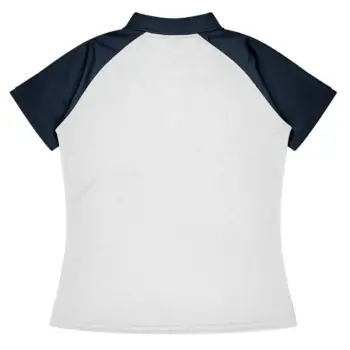
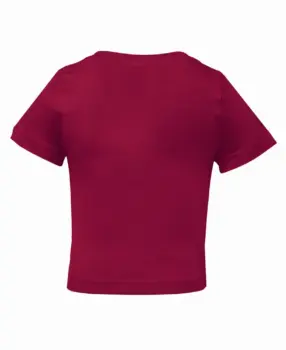
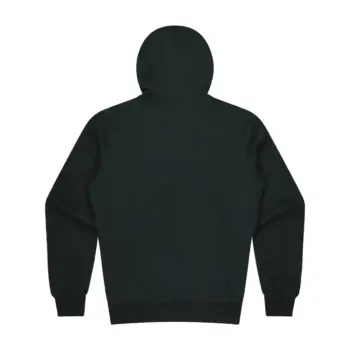
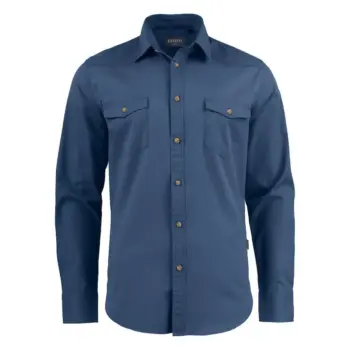
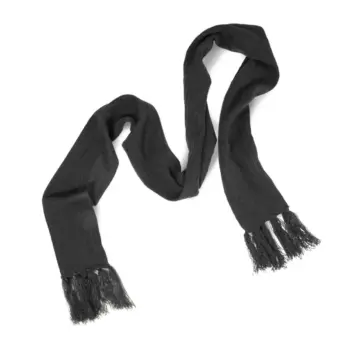
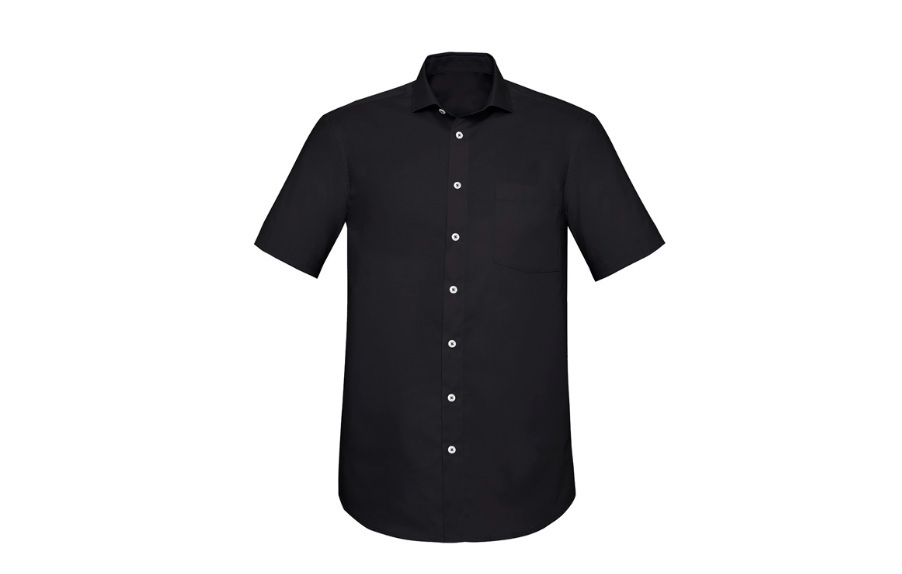 Corporate Uniforms
Corporate Uniforms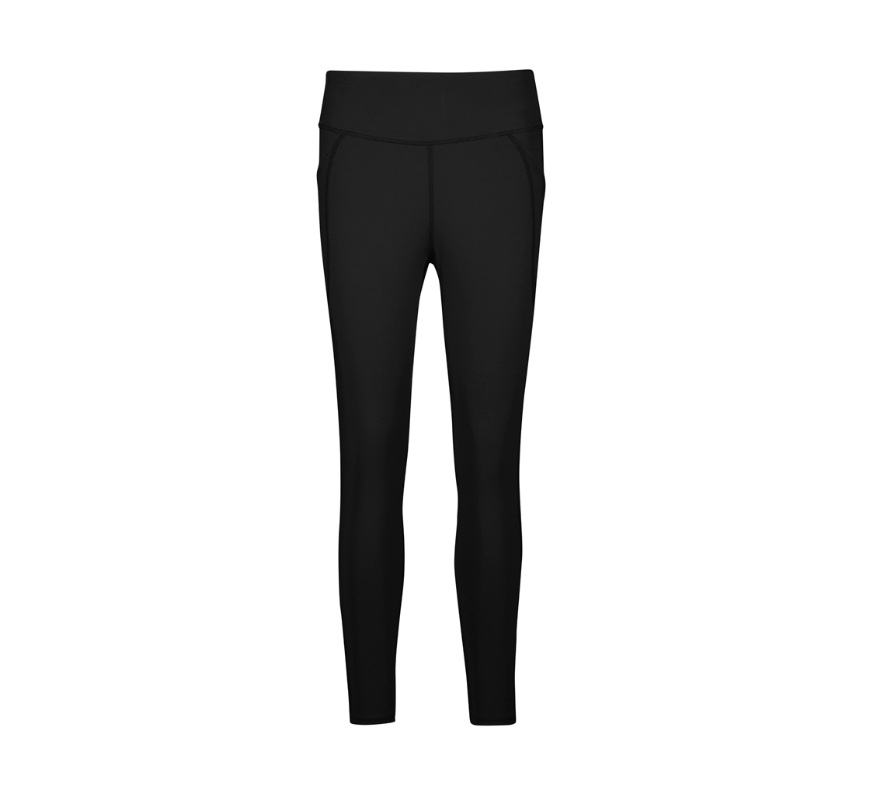 Eco Apparel
Eco Apparel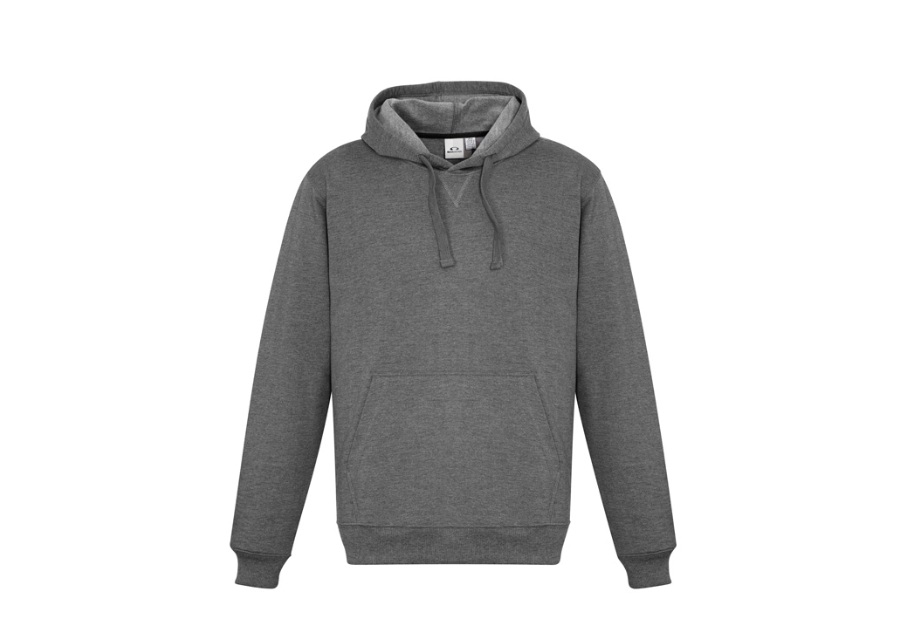 Hoodies & Sweaters
Hoodies & Sweaters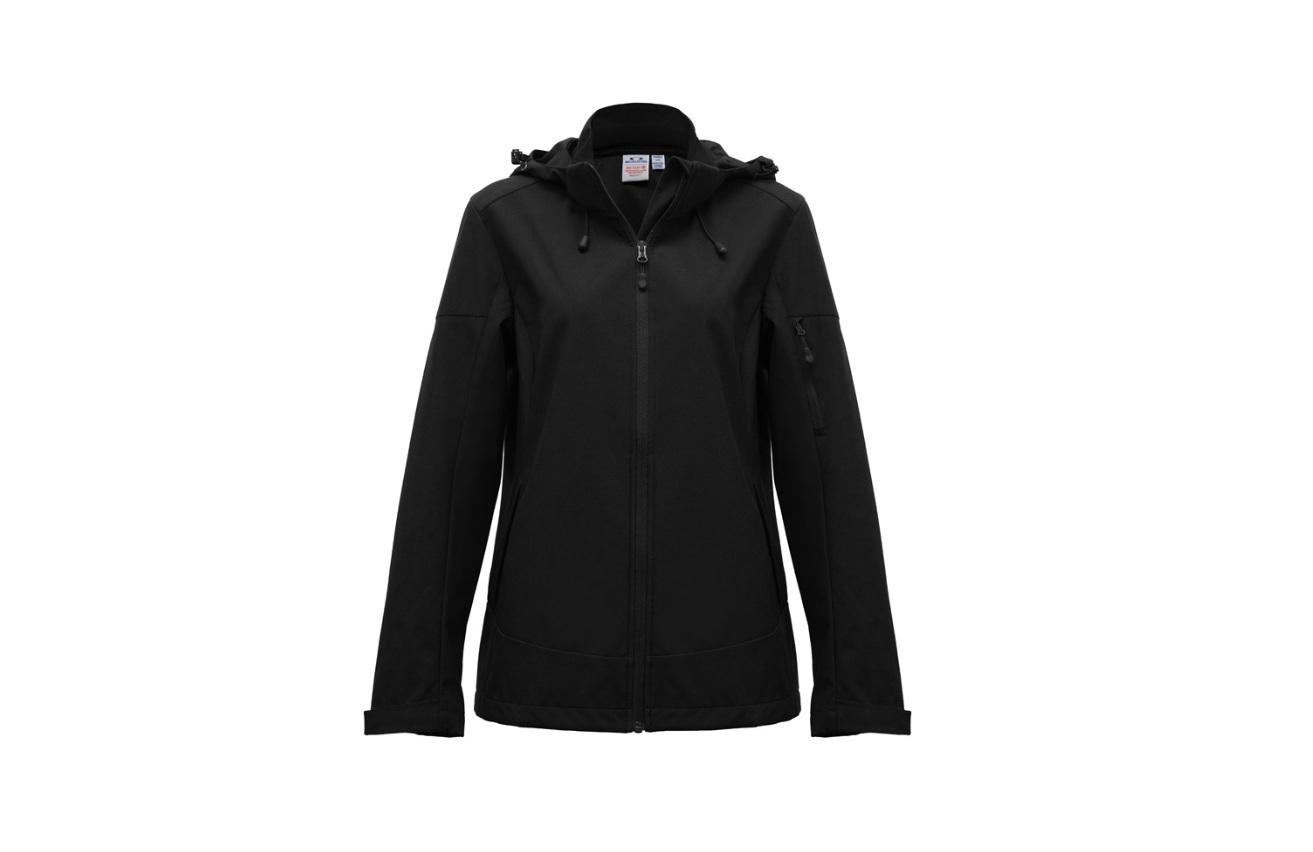 Jackets
Jackets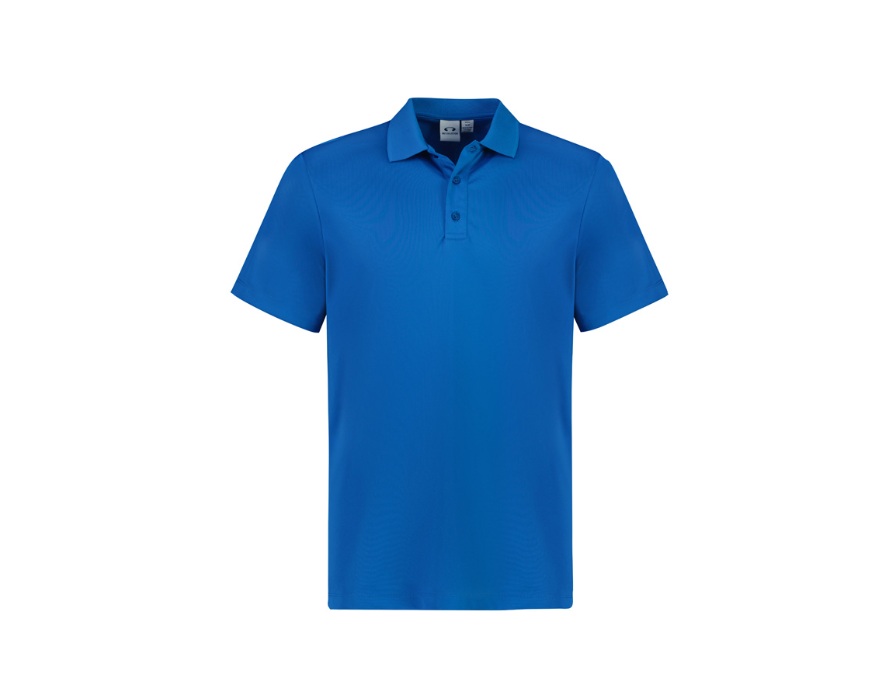 Kids' Clothes
Kids' Clothes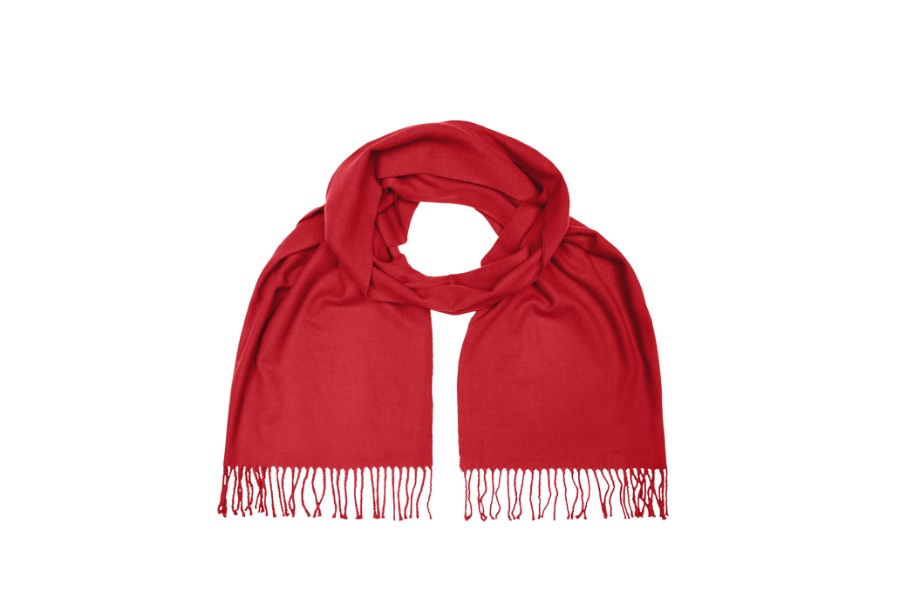 Other Apparel
Other Apparel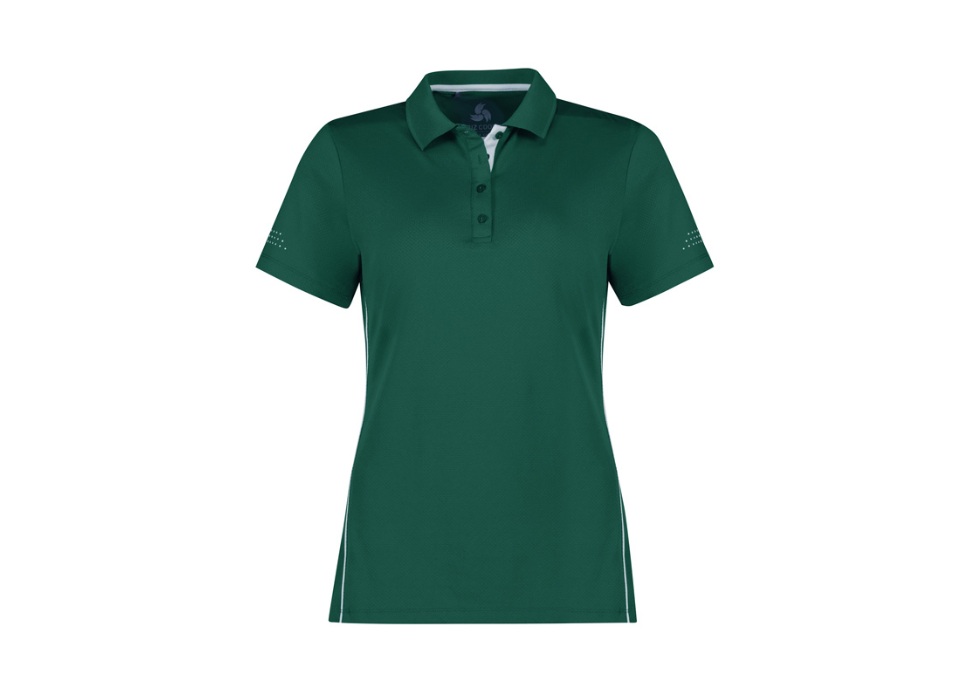 Polo Shirts
Polo Shirts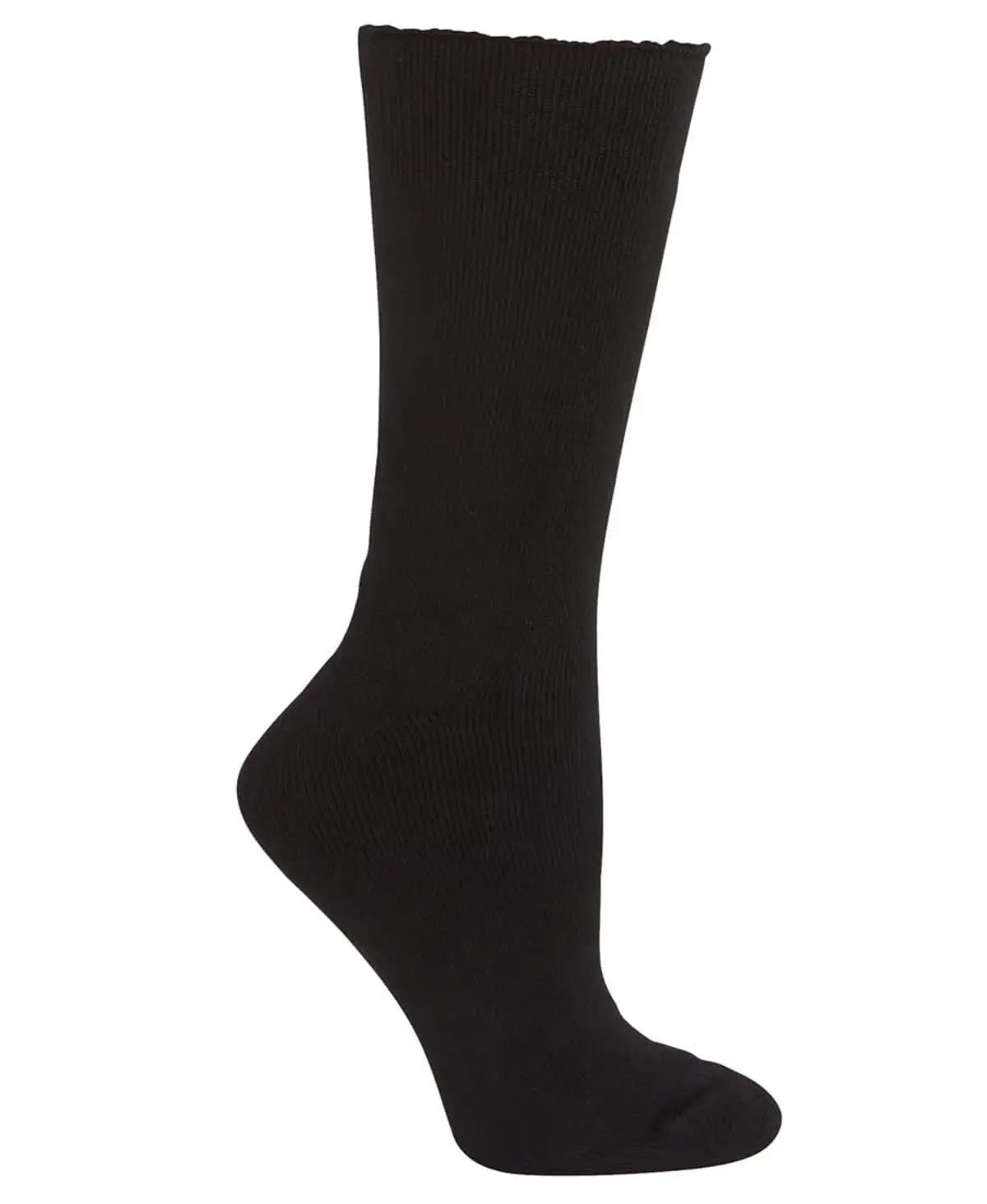 Socks
Socks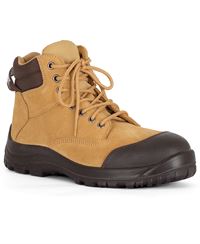 Shoes
Shoes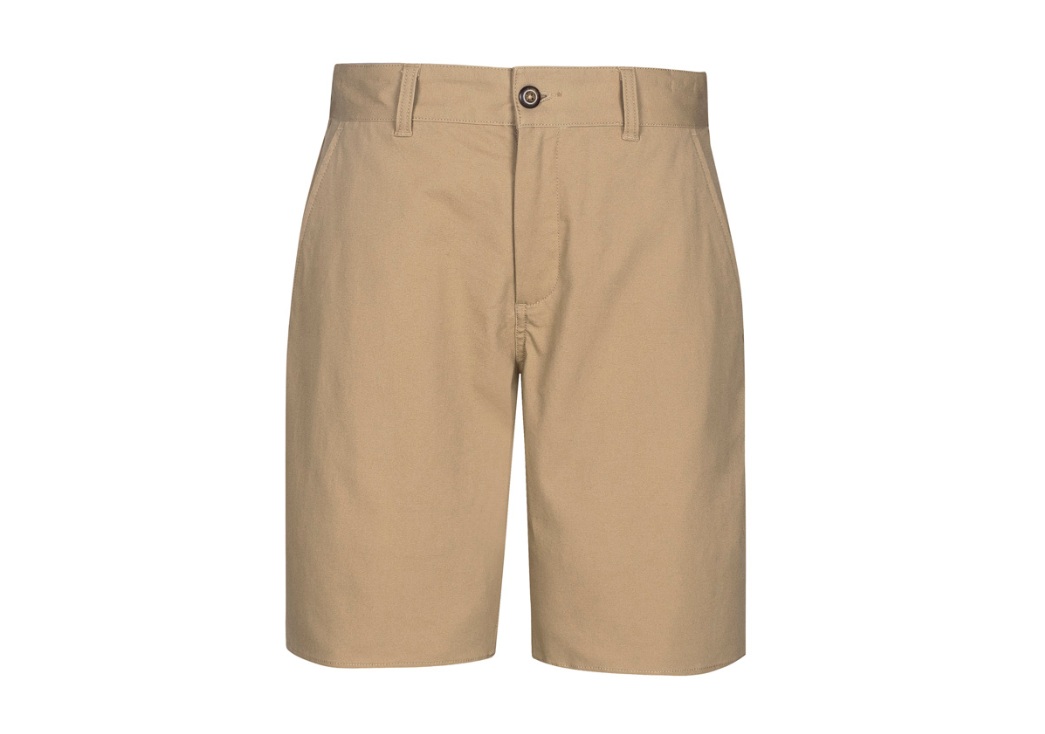 Sports Bottoms
Sports Bottoms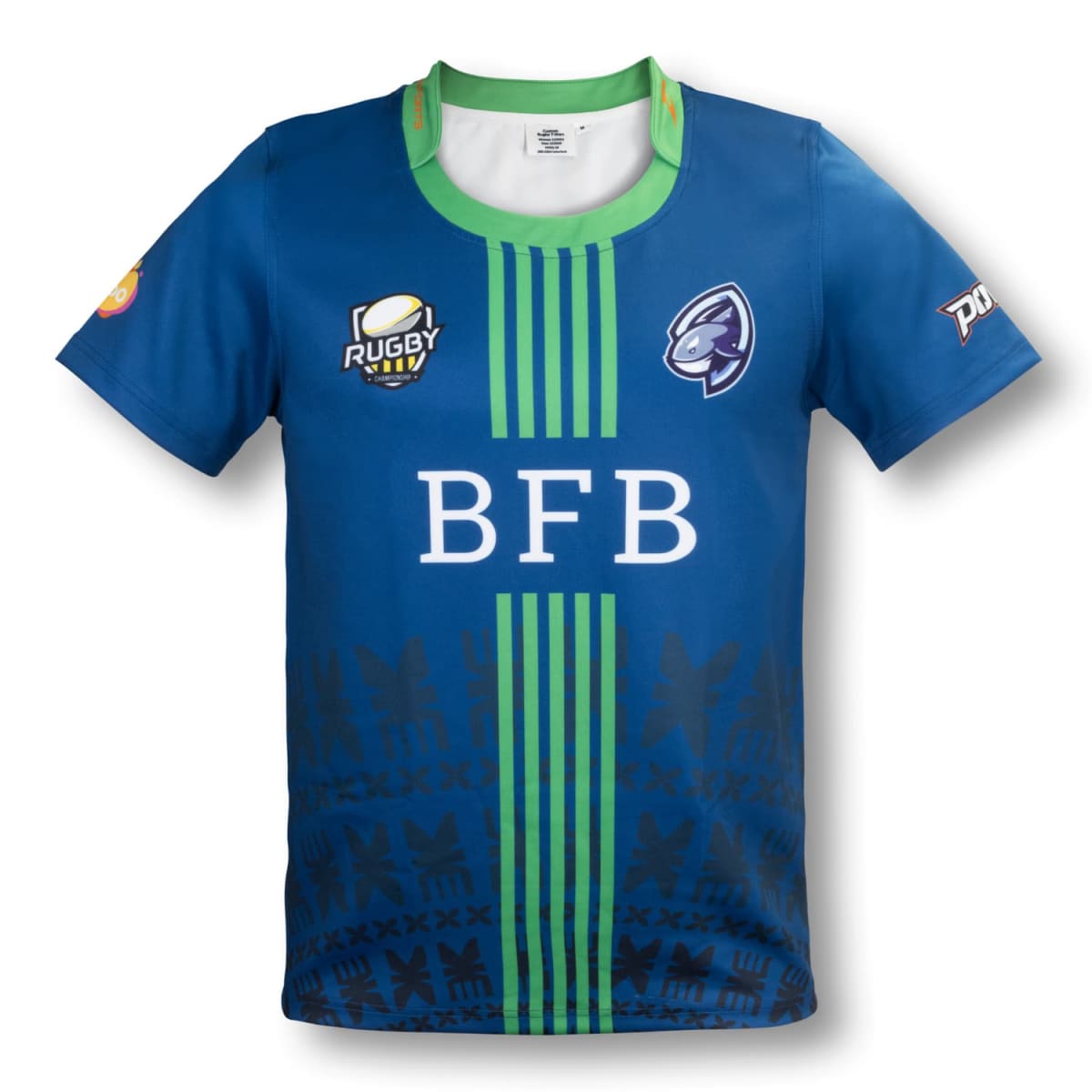 Sports Uniforms
Sports Uniforms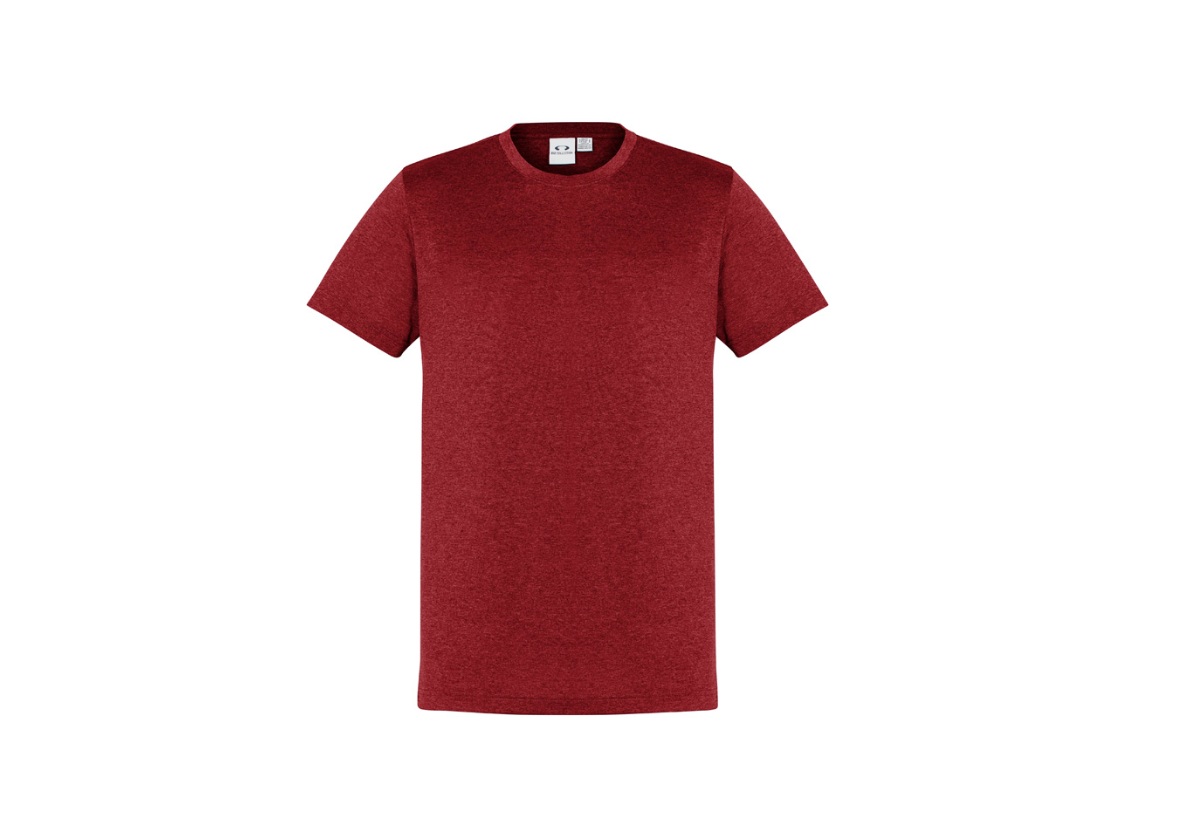 Tee Shirts
Tee Shirts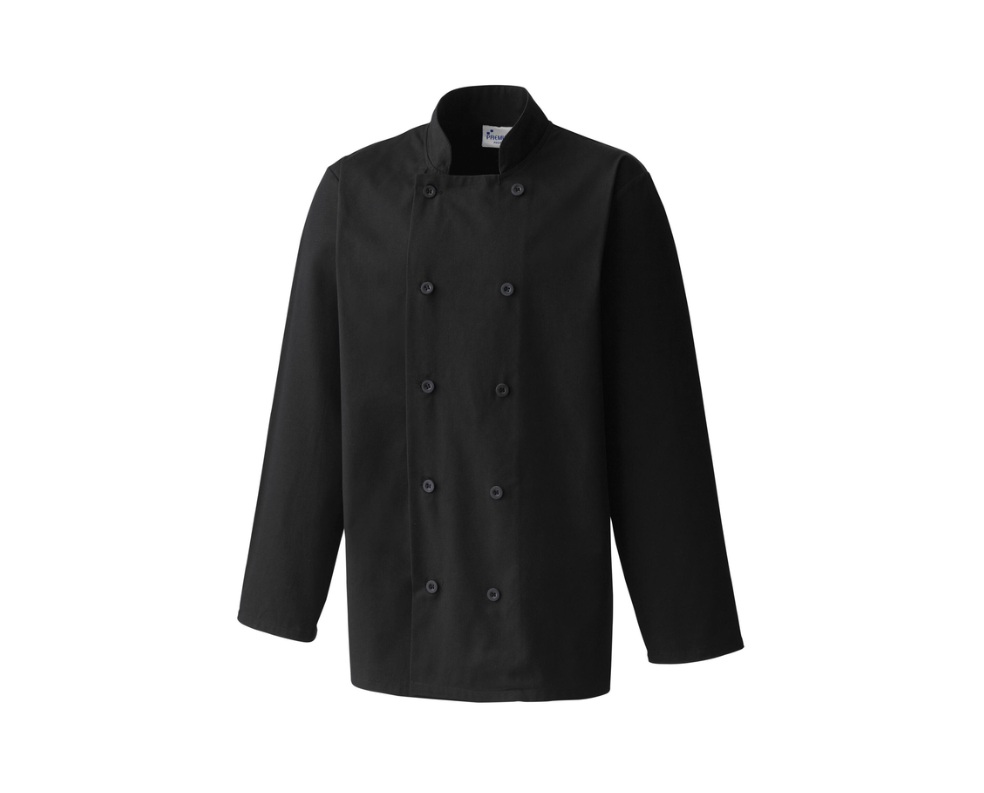 Workwear
Workwear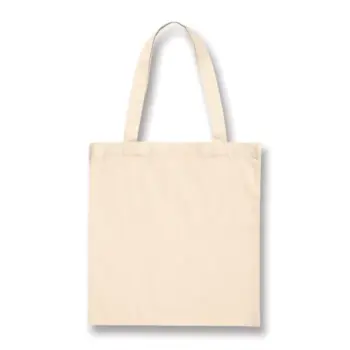
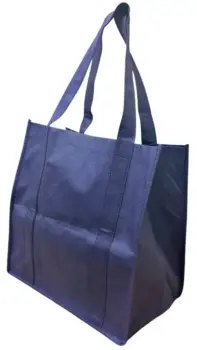
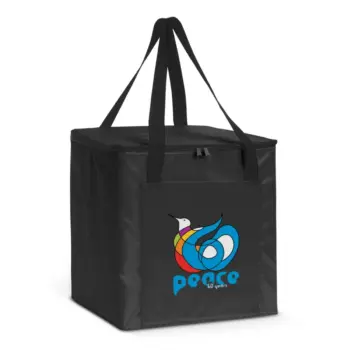
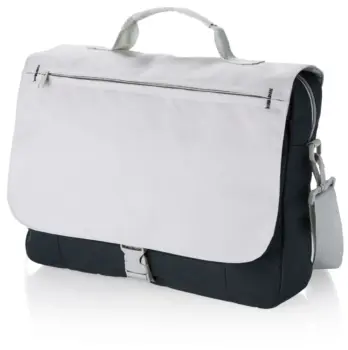
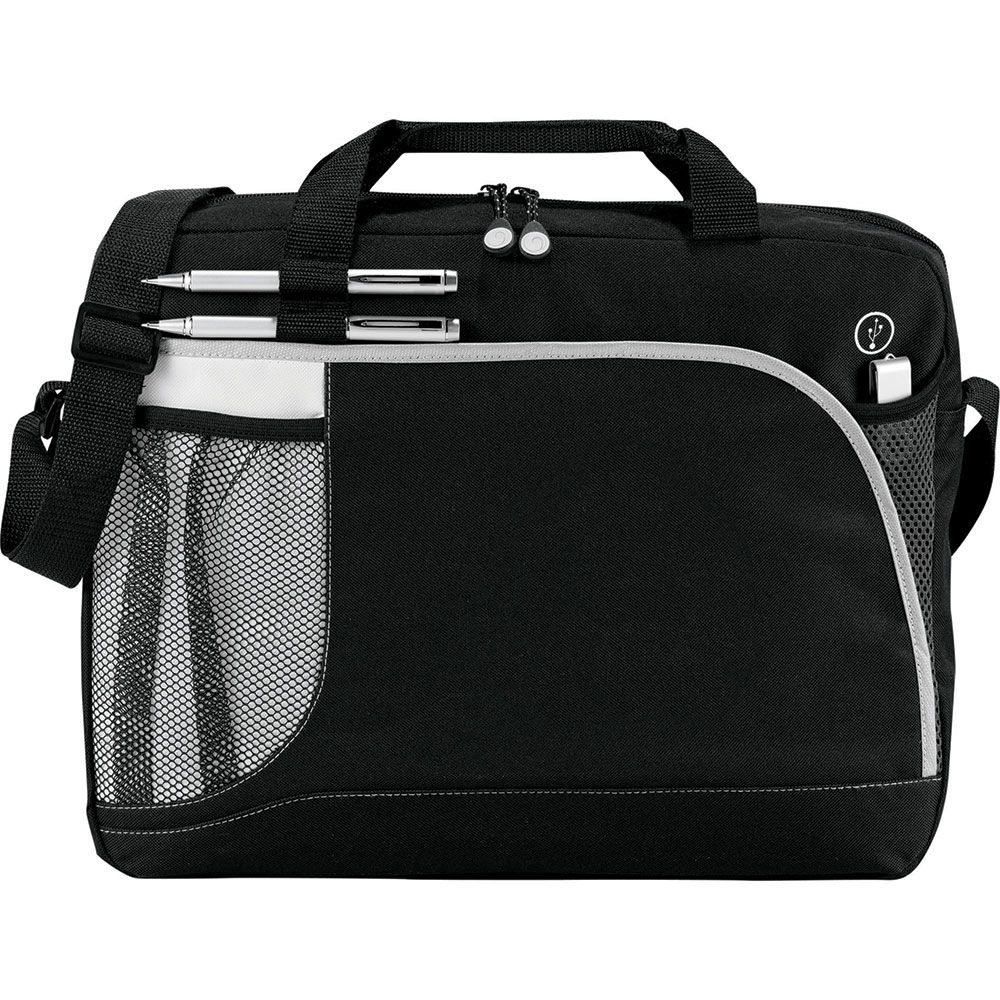 Briefcases
Briefcases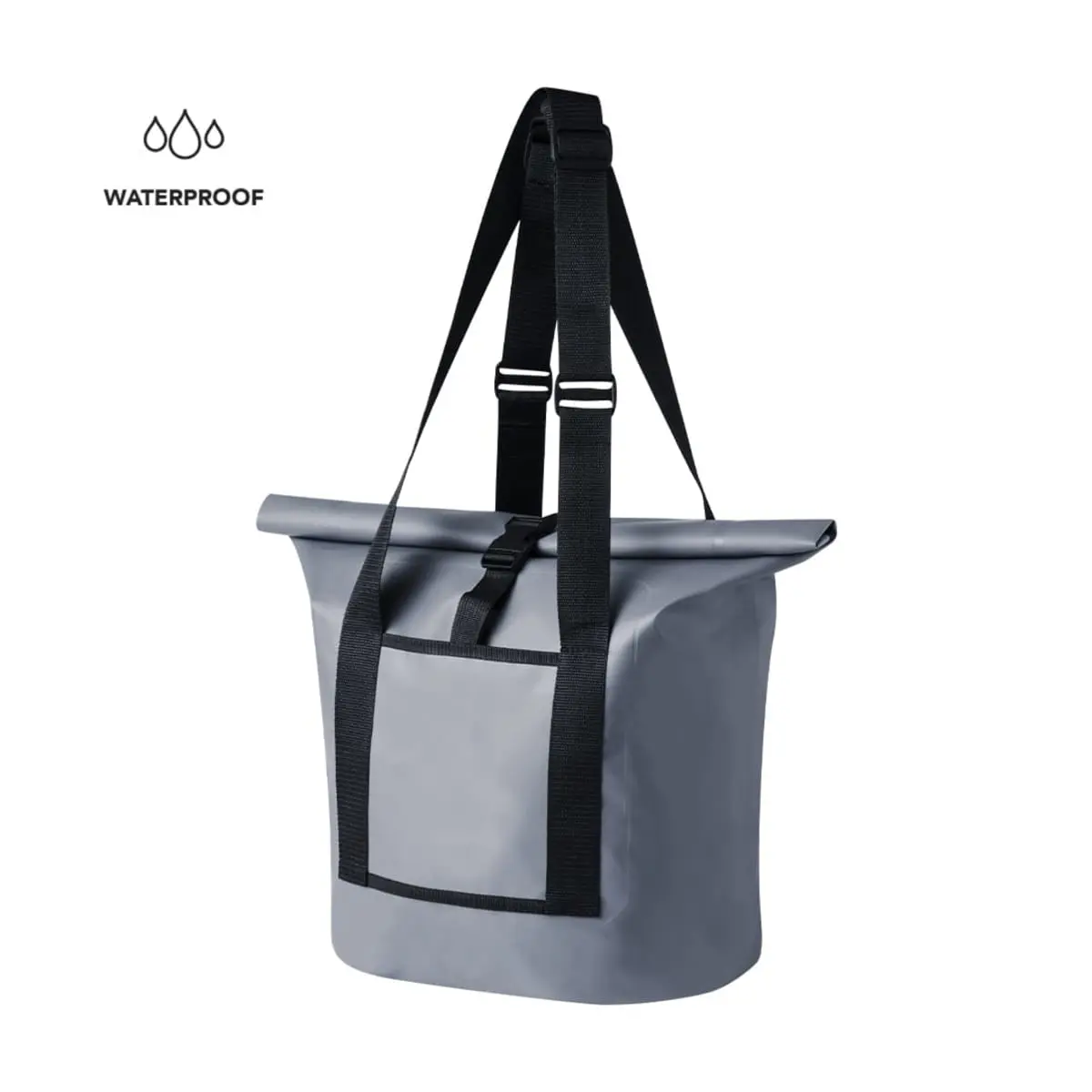 Dry Bags
Dry Bags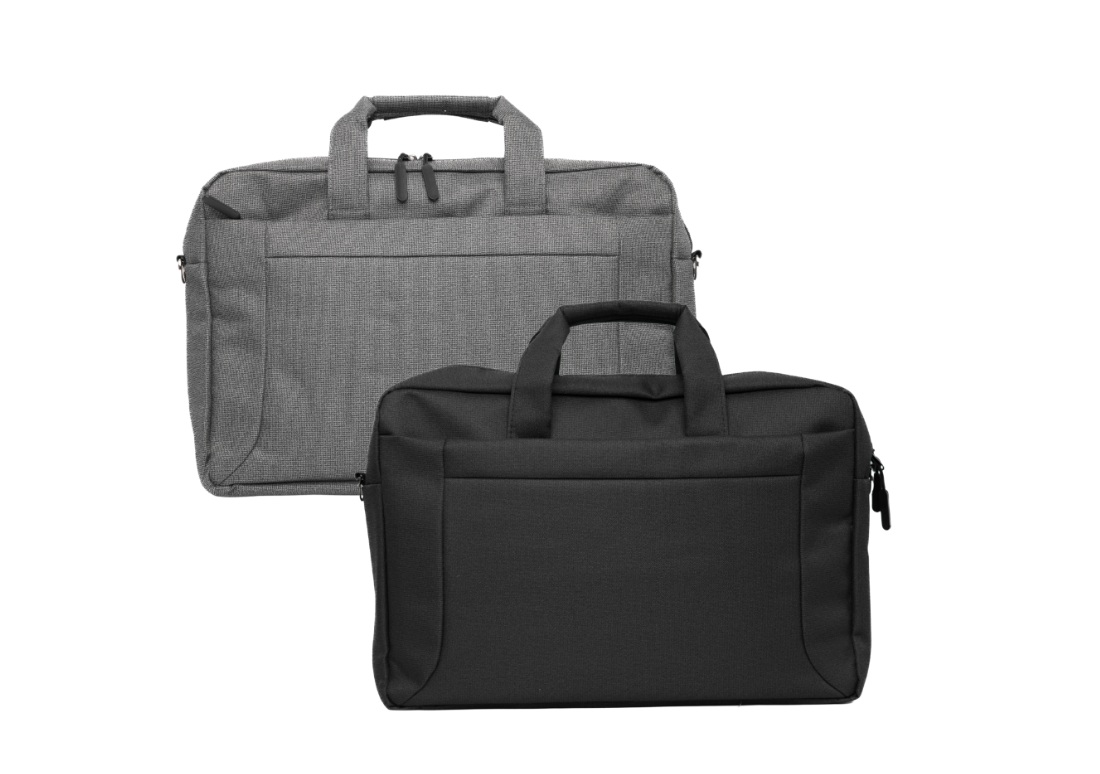 Laptop
Laptop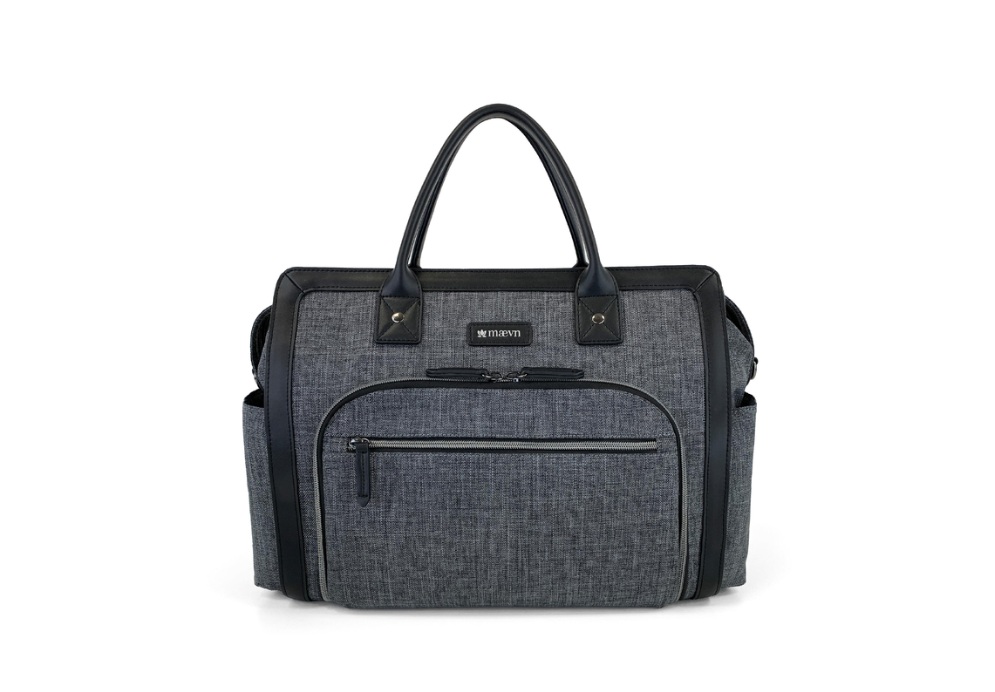 Satchels
Satchels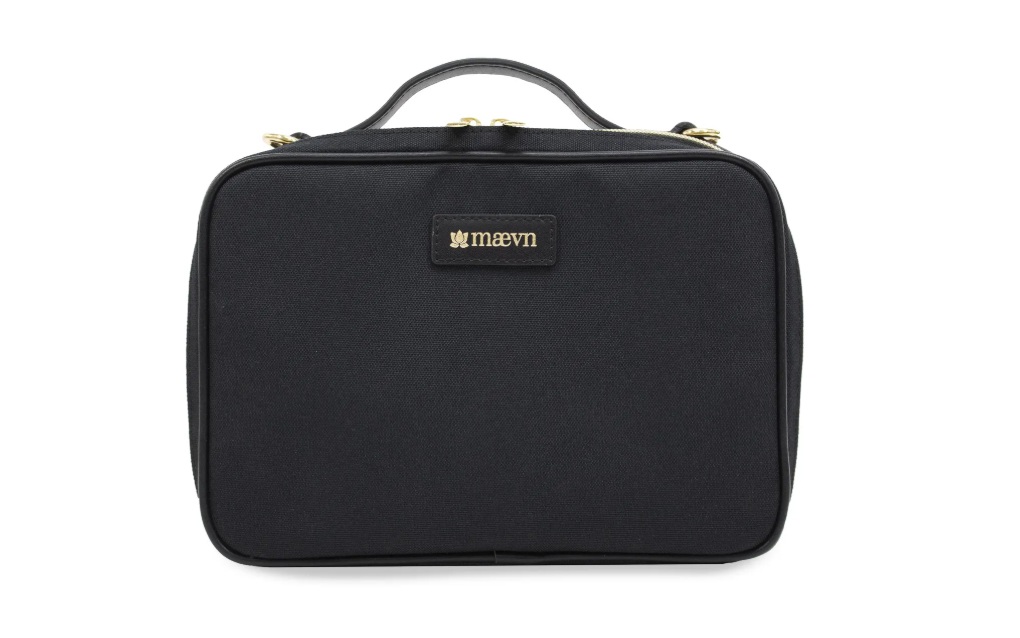 Specialised Bags
Specialised Bags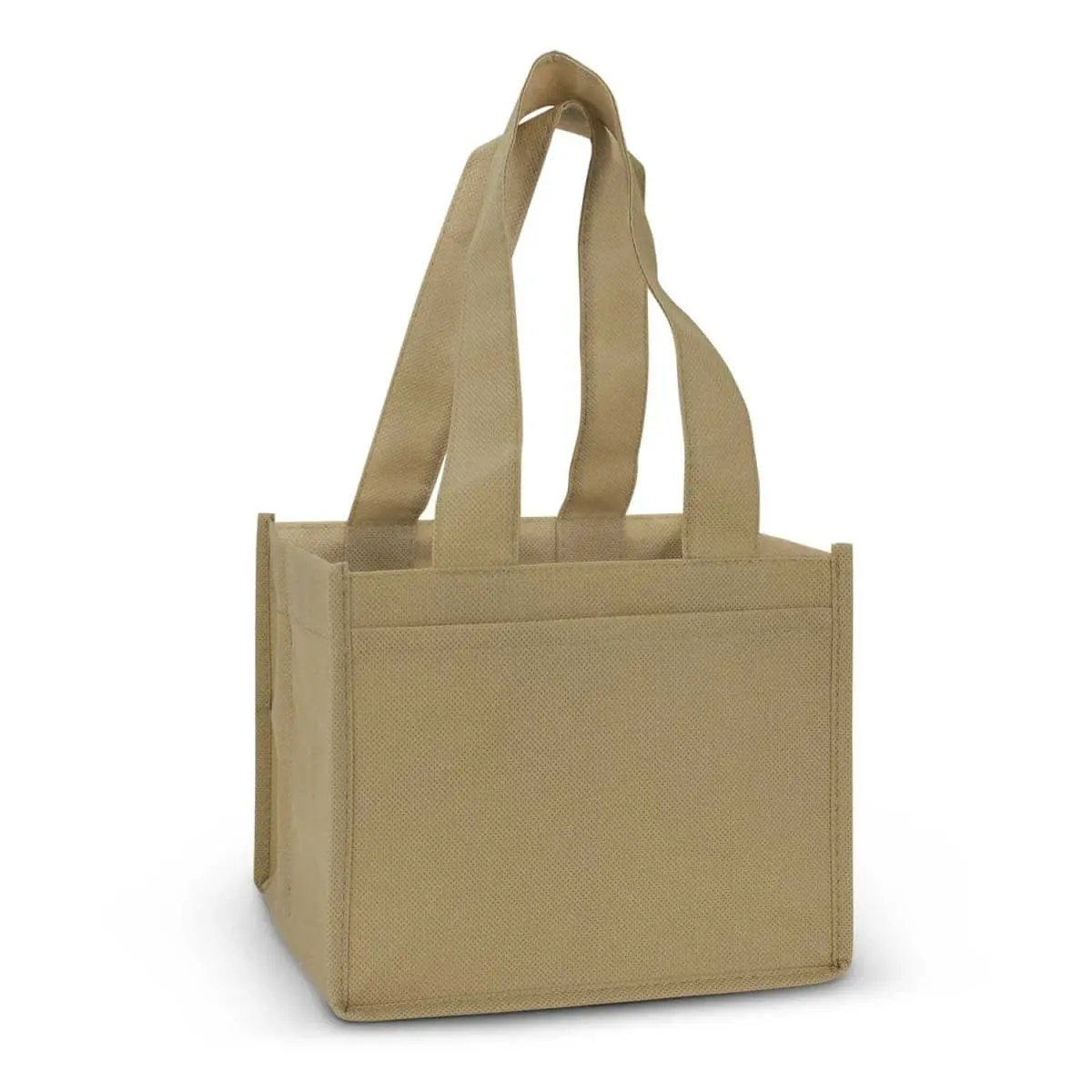 Tote Bags
Tote Bags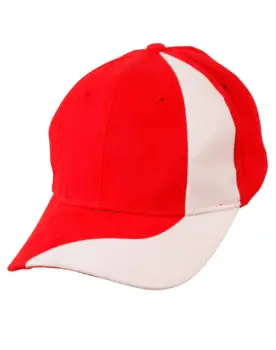
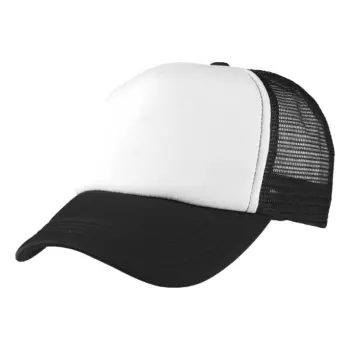
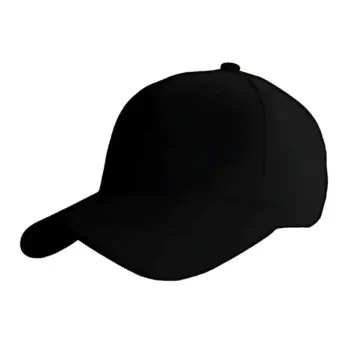
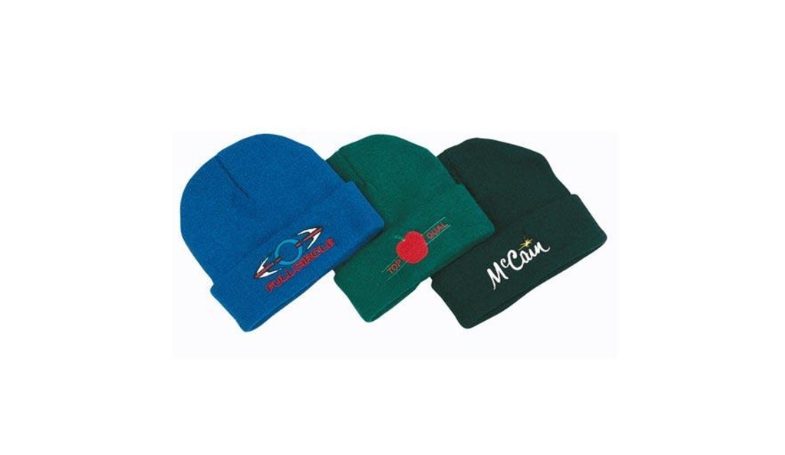 Beanies
Beanies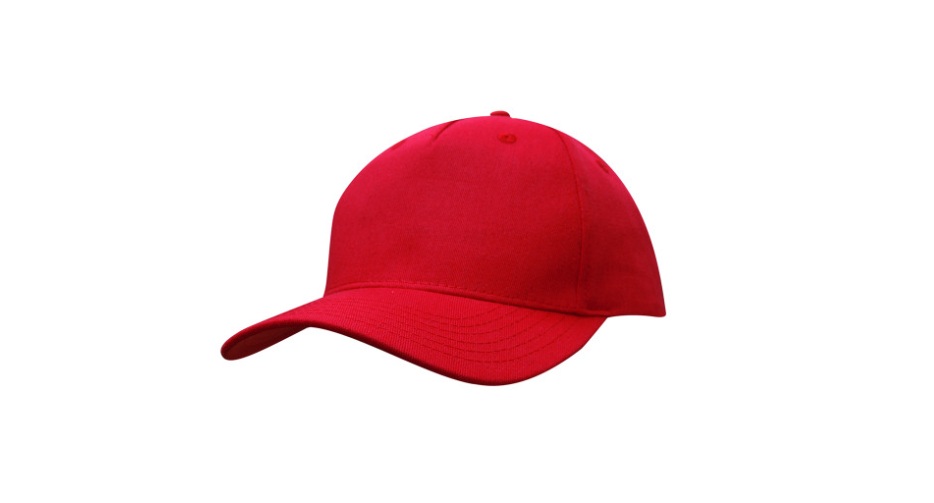 Caps
Caps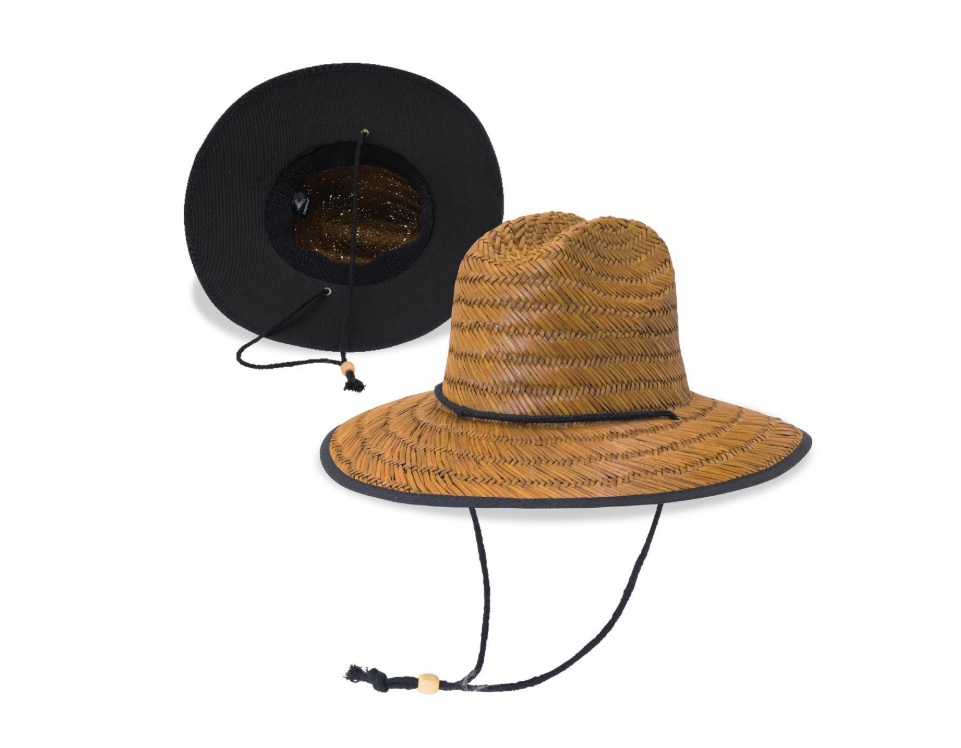 Straw Hats
Straw Hats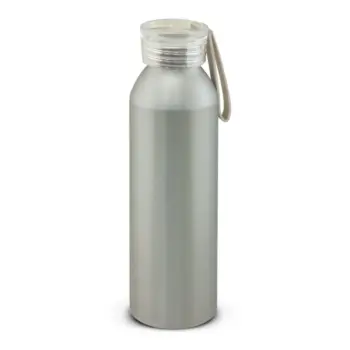
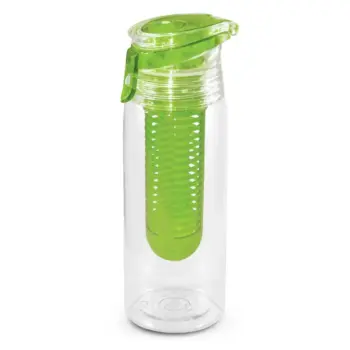
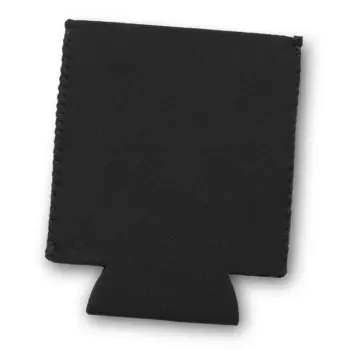
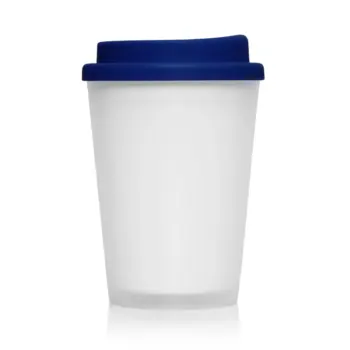
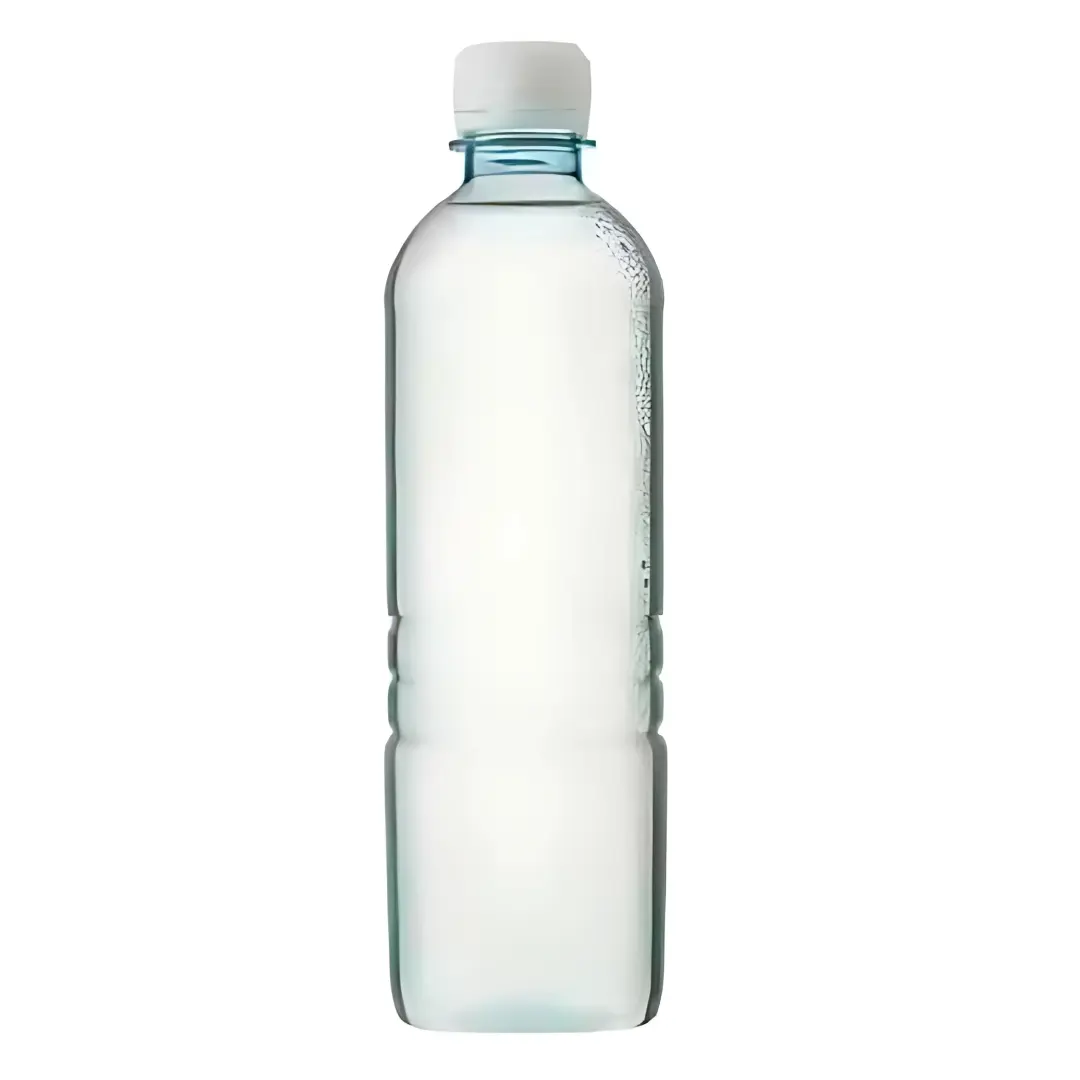 Bottled Water
Bottled Water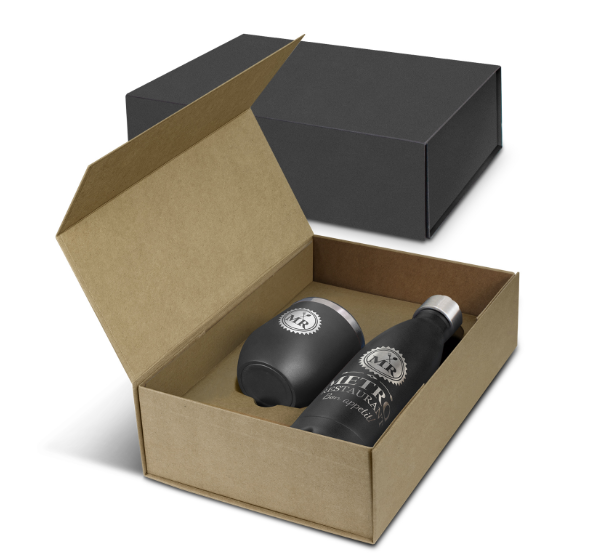 Drinkware Gift Sets
Drinkware Gift Sets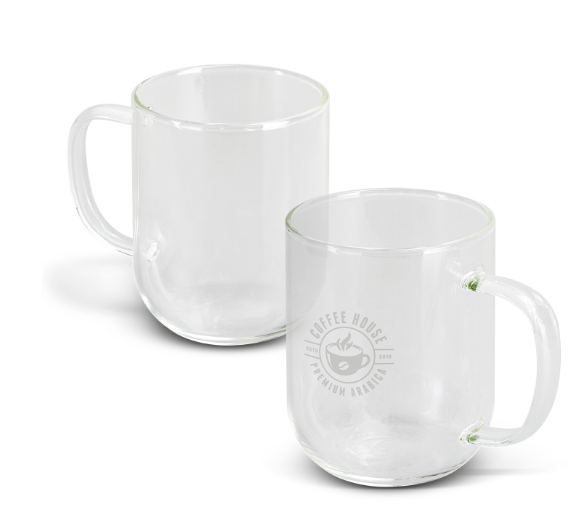 Glass & Poly Cups
Glass & Poly Cups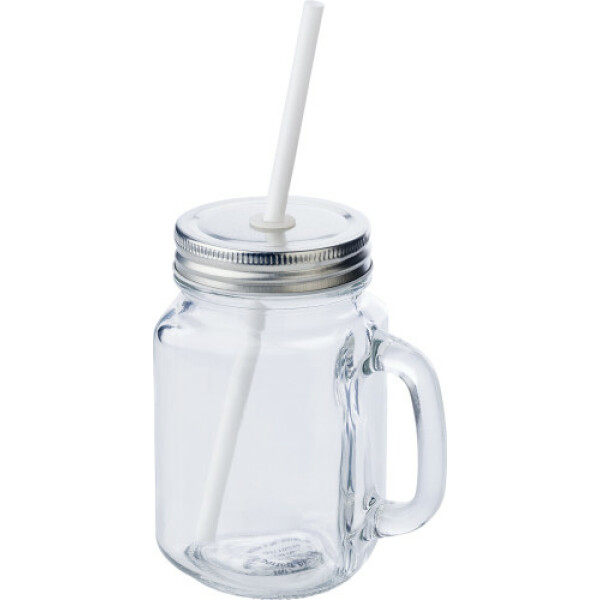 Mason Jars
Mason Jars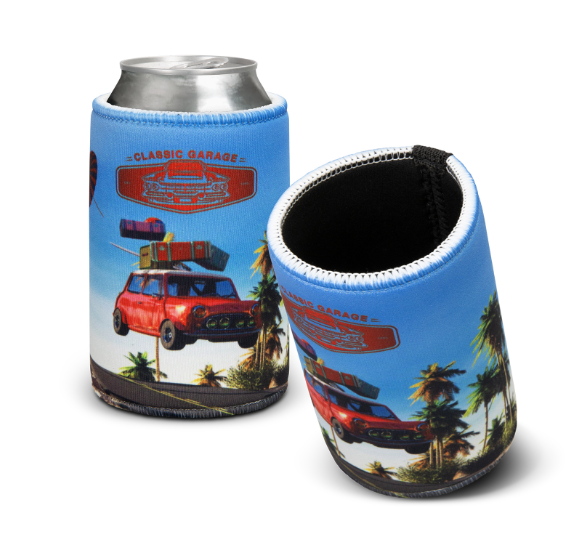 Stubby | Bar & Drinkware
Stubby | Bar & Drinkware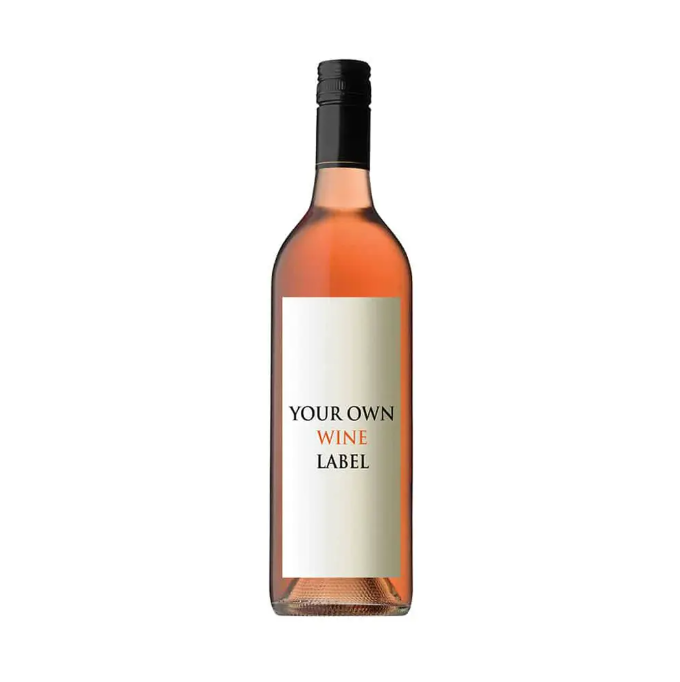 Wines
Wines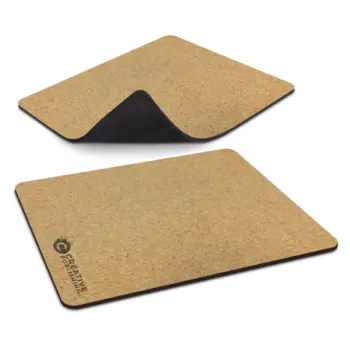


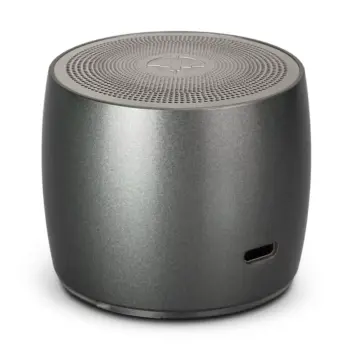
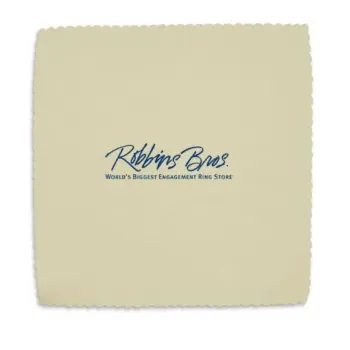
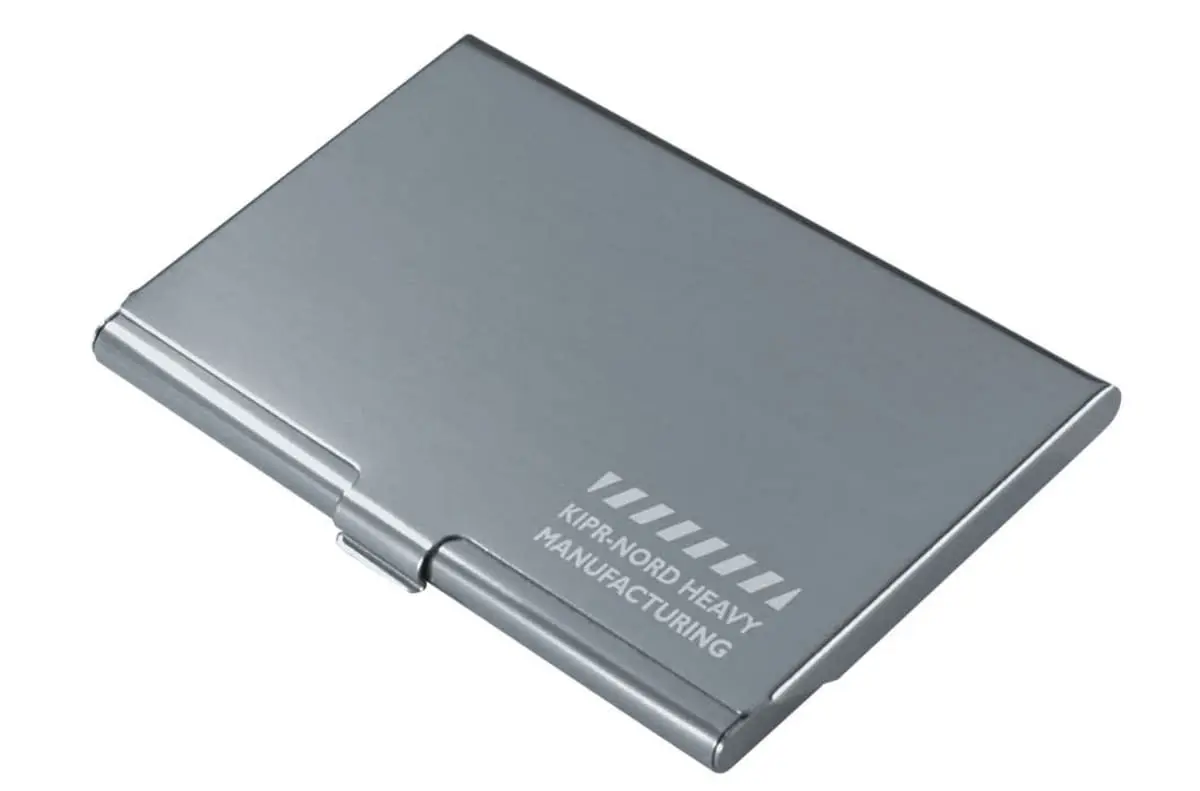 Business Card Holders
Business Card Holders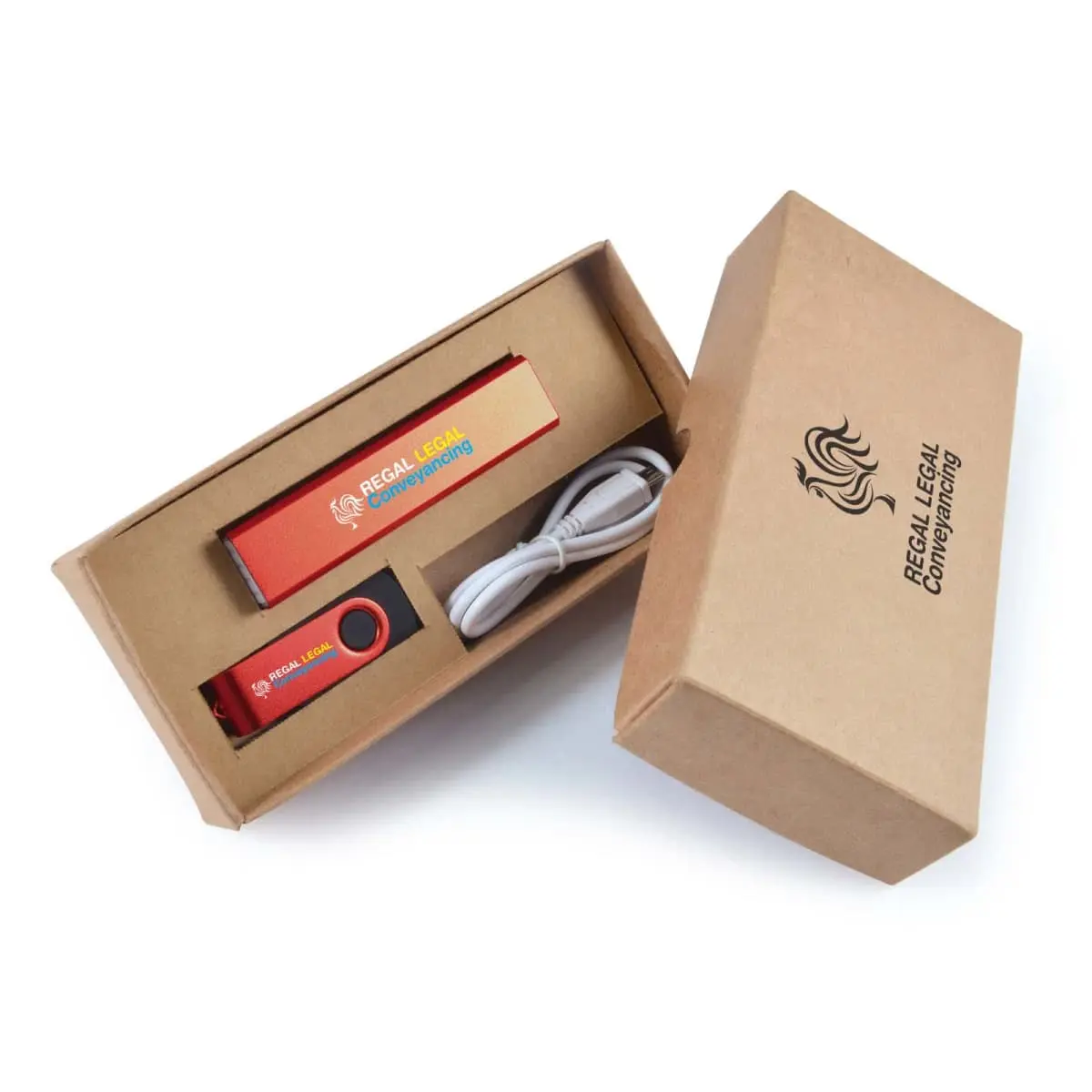 IT Gift Sets
IT Gift Sets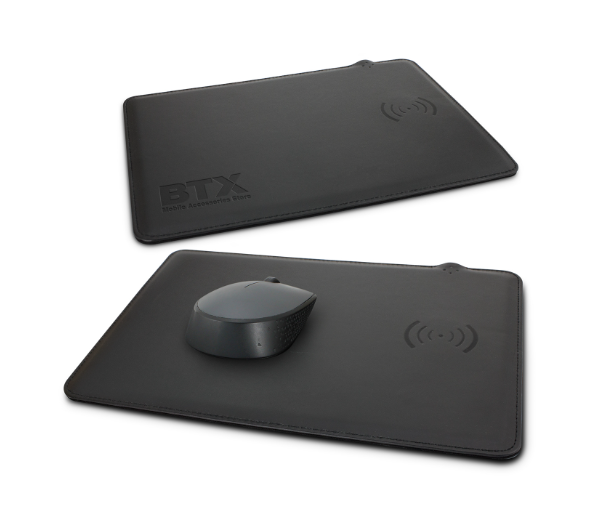 Tech Computers
Tech Computers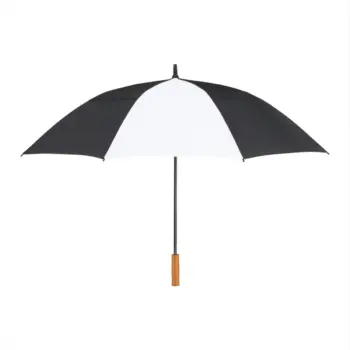
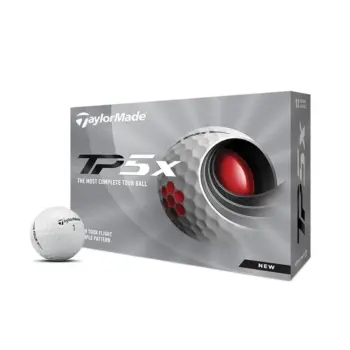
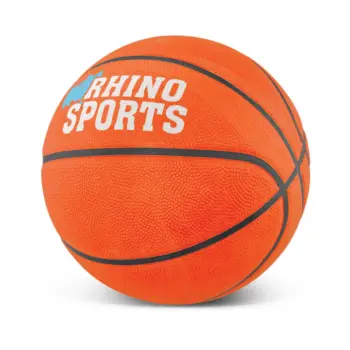
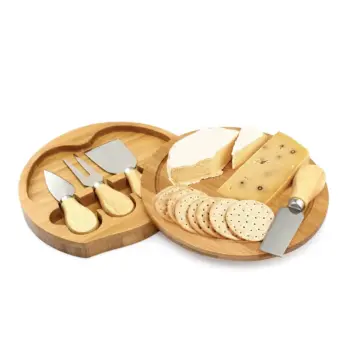
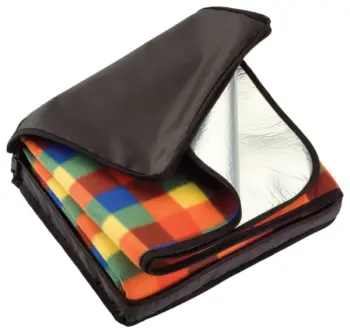
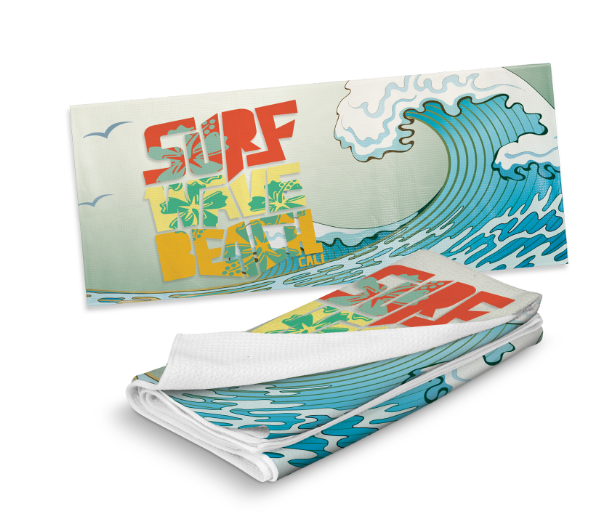 Beach Towels
Beach Towels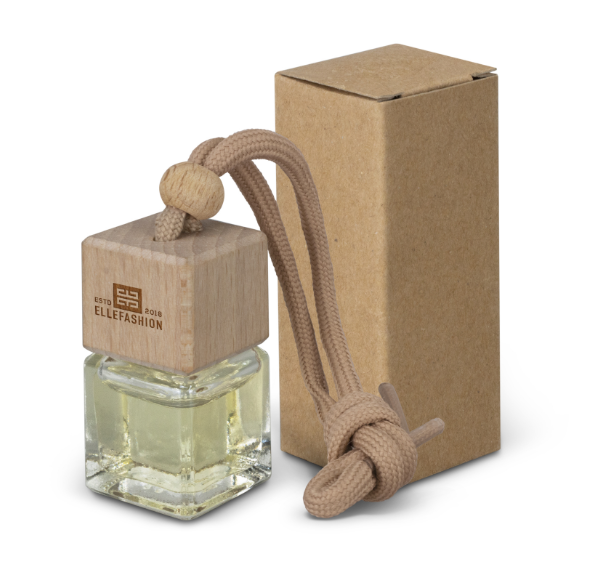 Car Accessories
Car Accessories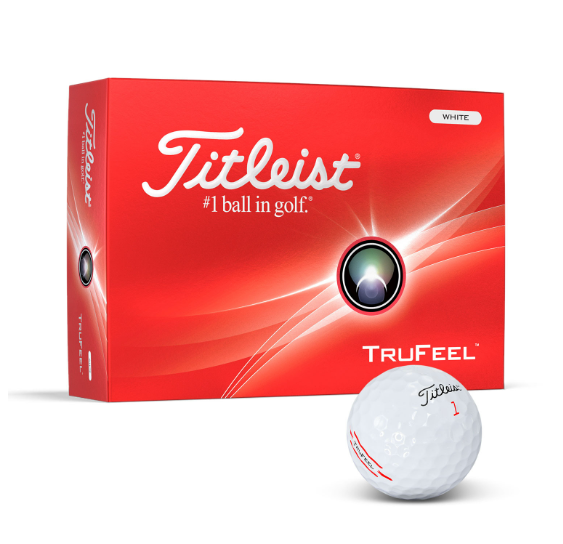 Golf
Golf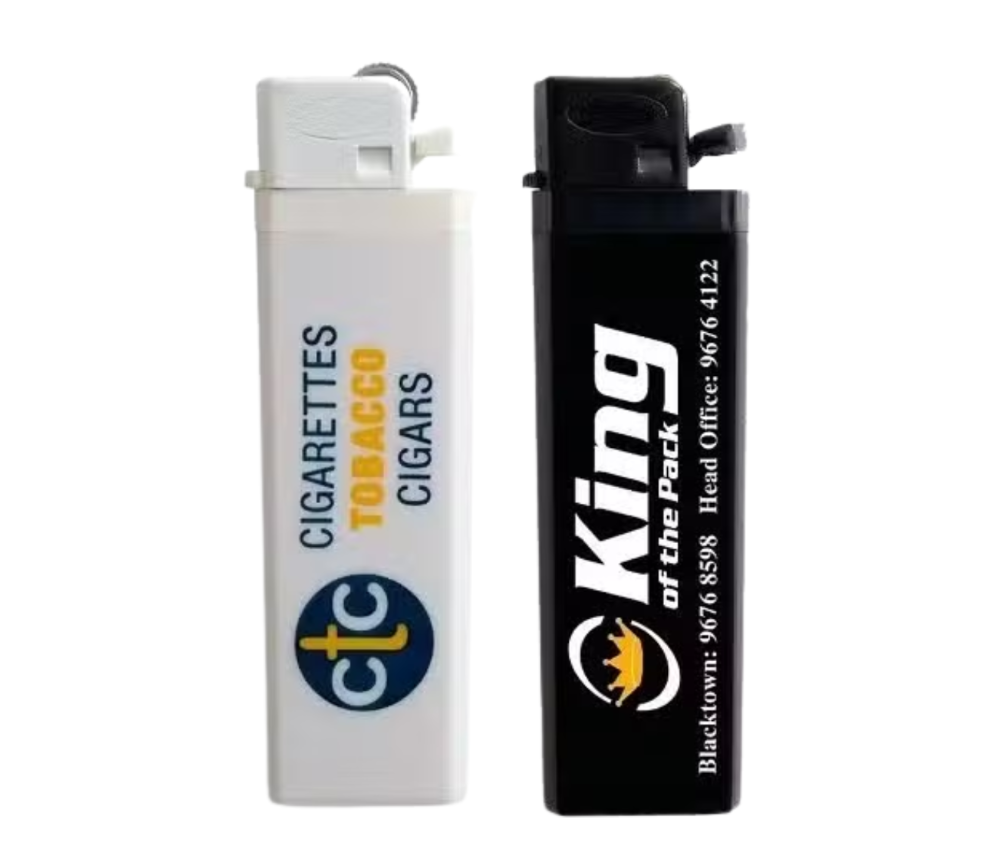 Lighters
Lighters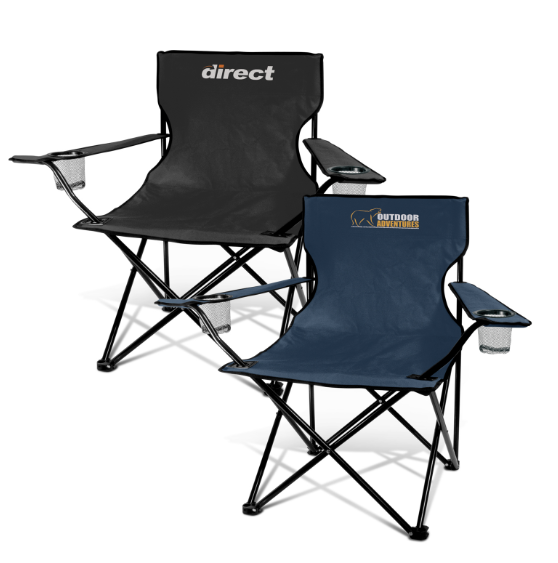 Picnic Gear
Picnic Gear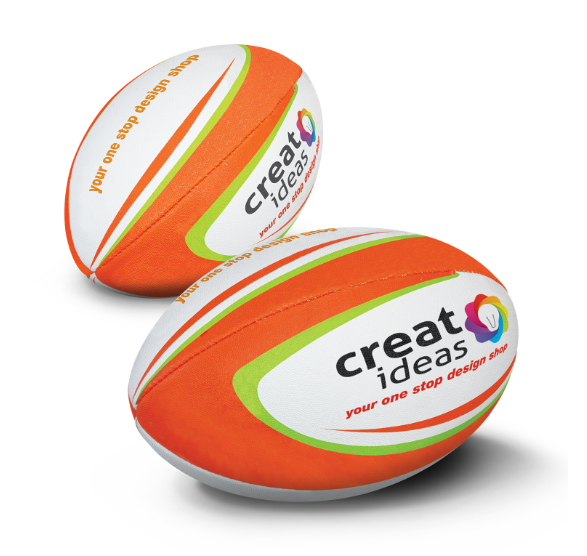 Sports Items
Sports Items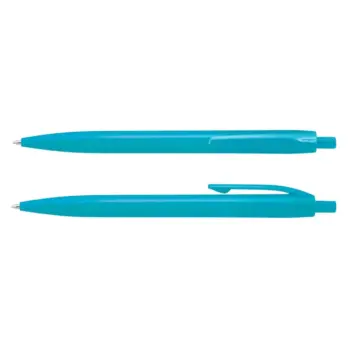
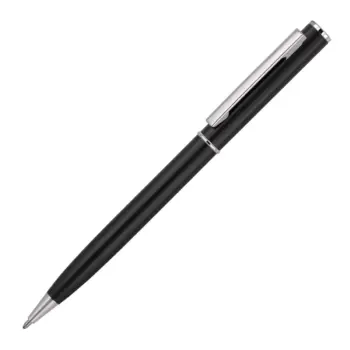
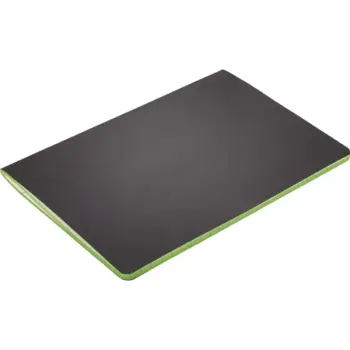
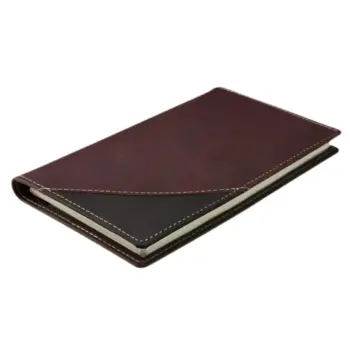
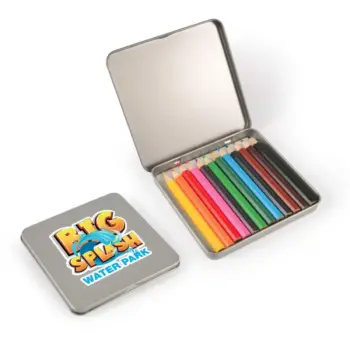
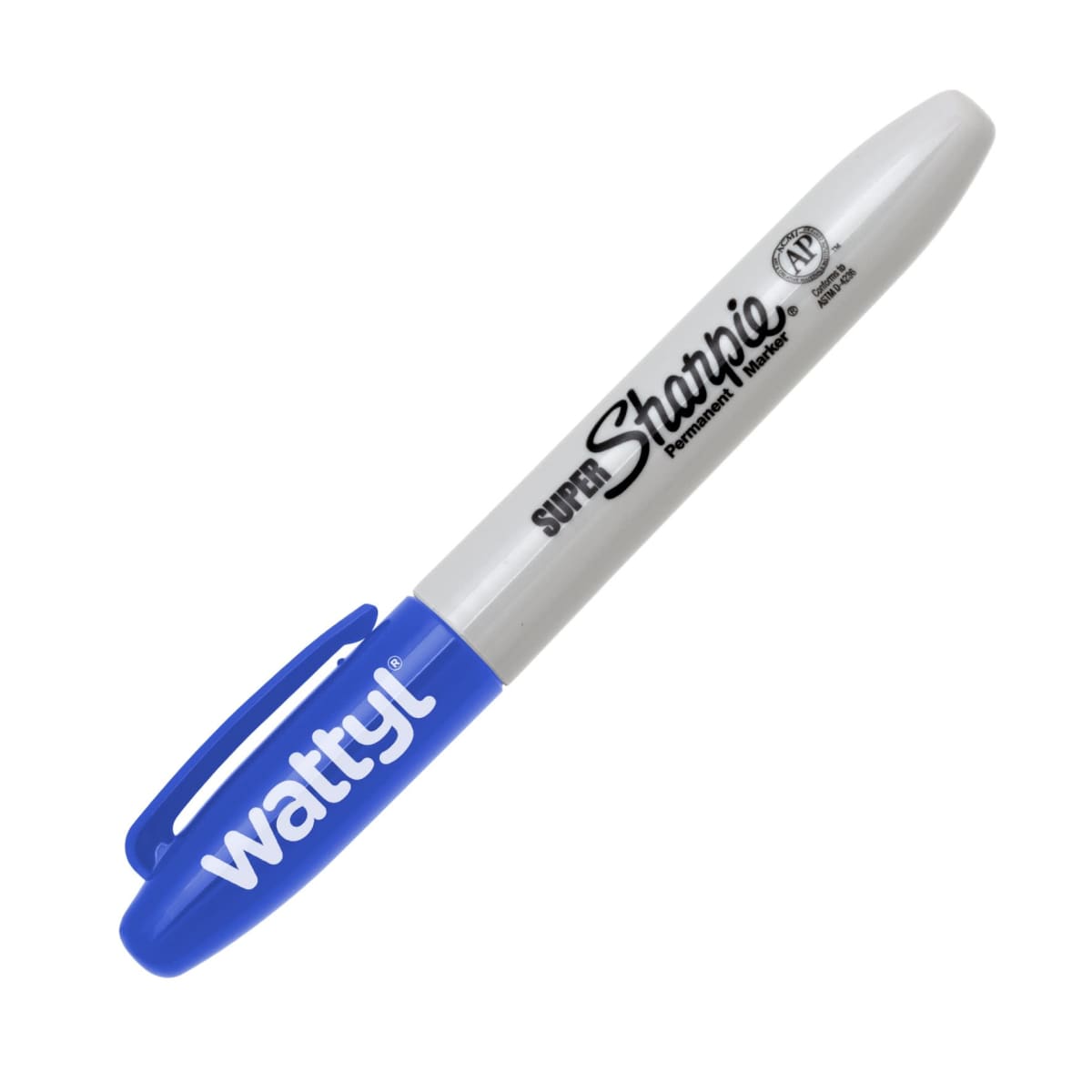 Markers
Markers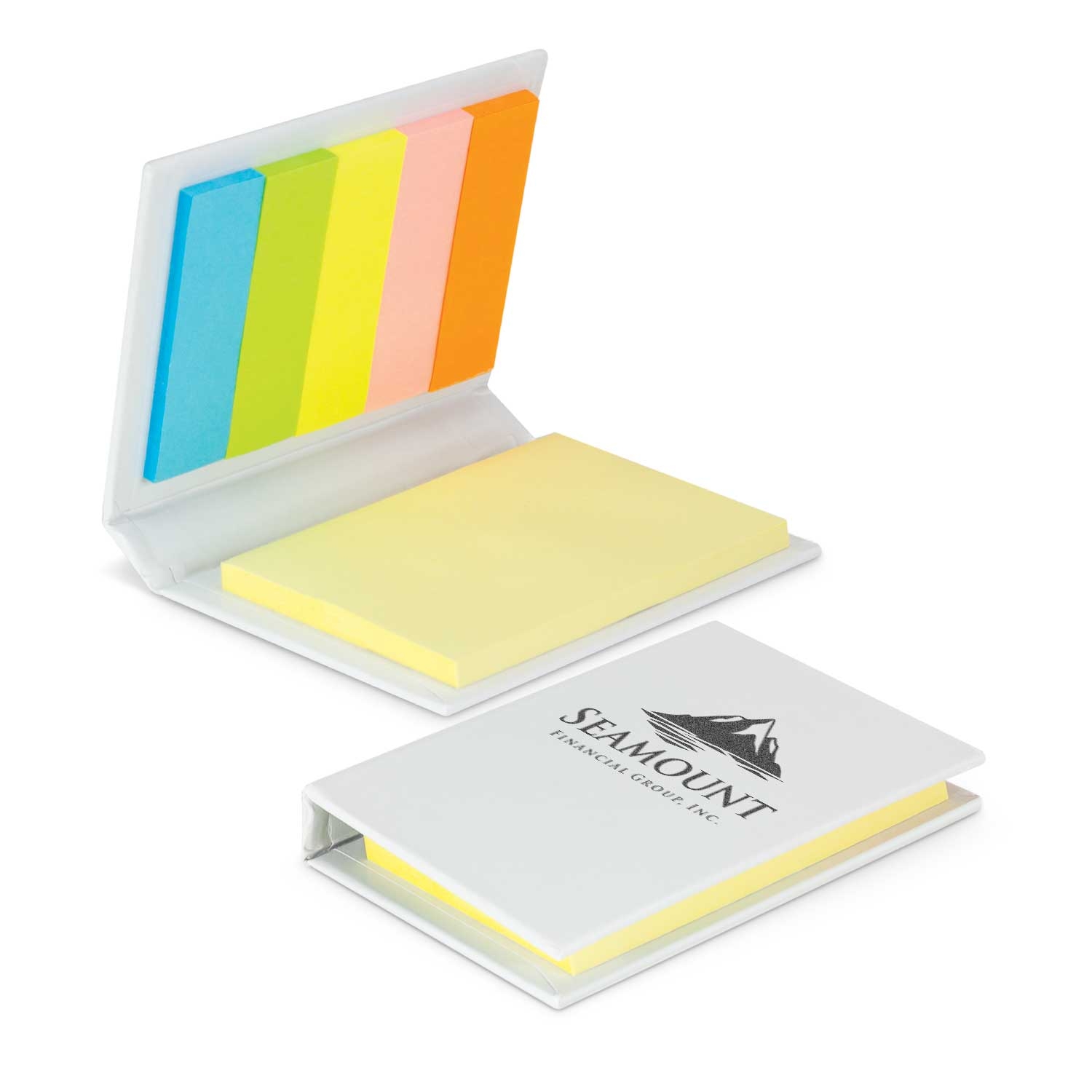 Post-It & Sticky Notes
Post-It & Sticky Notes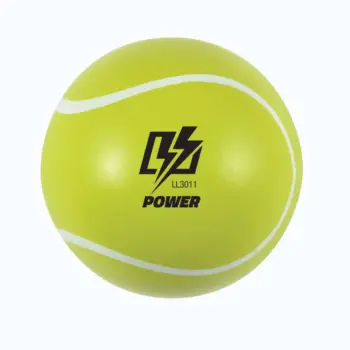
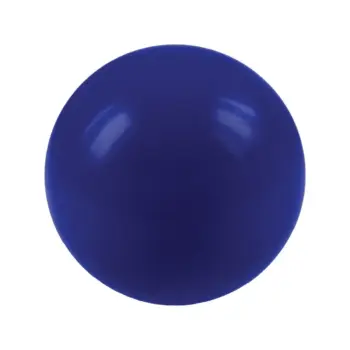

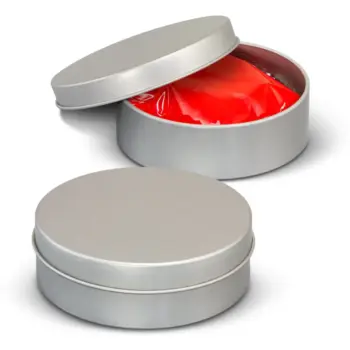
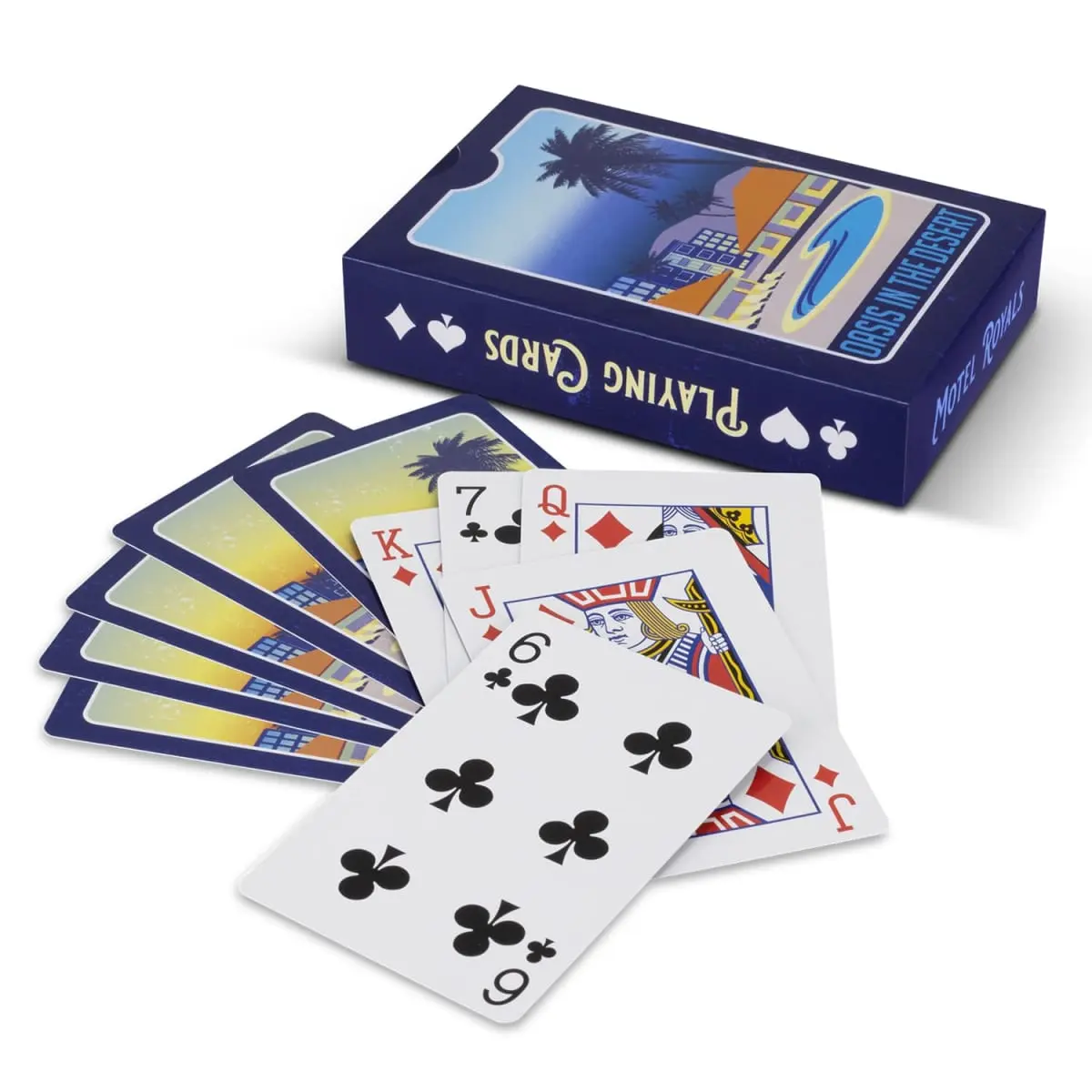 Card Decks
Card Decks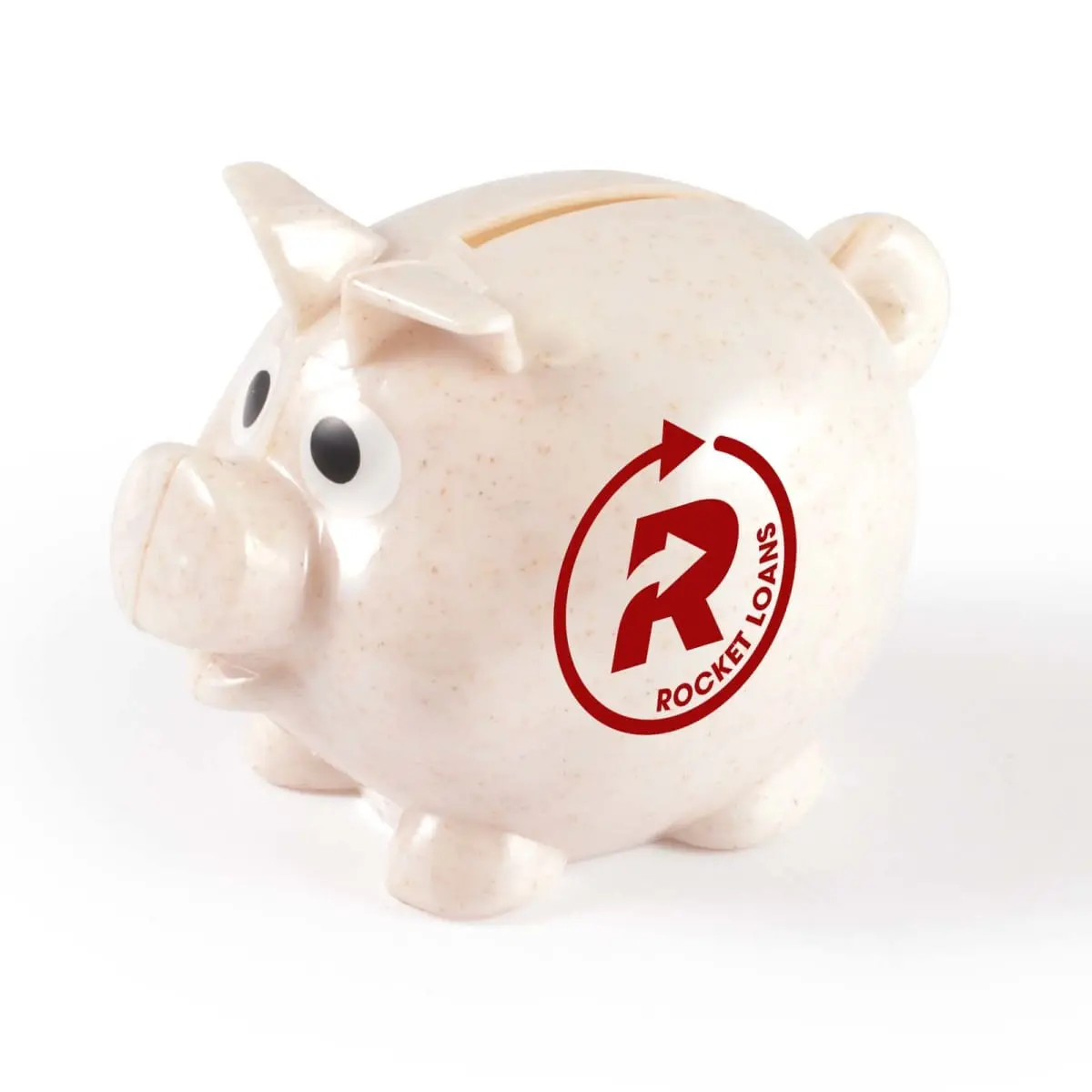 Coin Banks
Coin Banks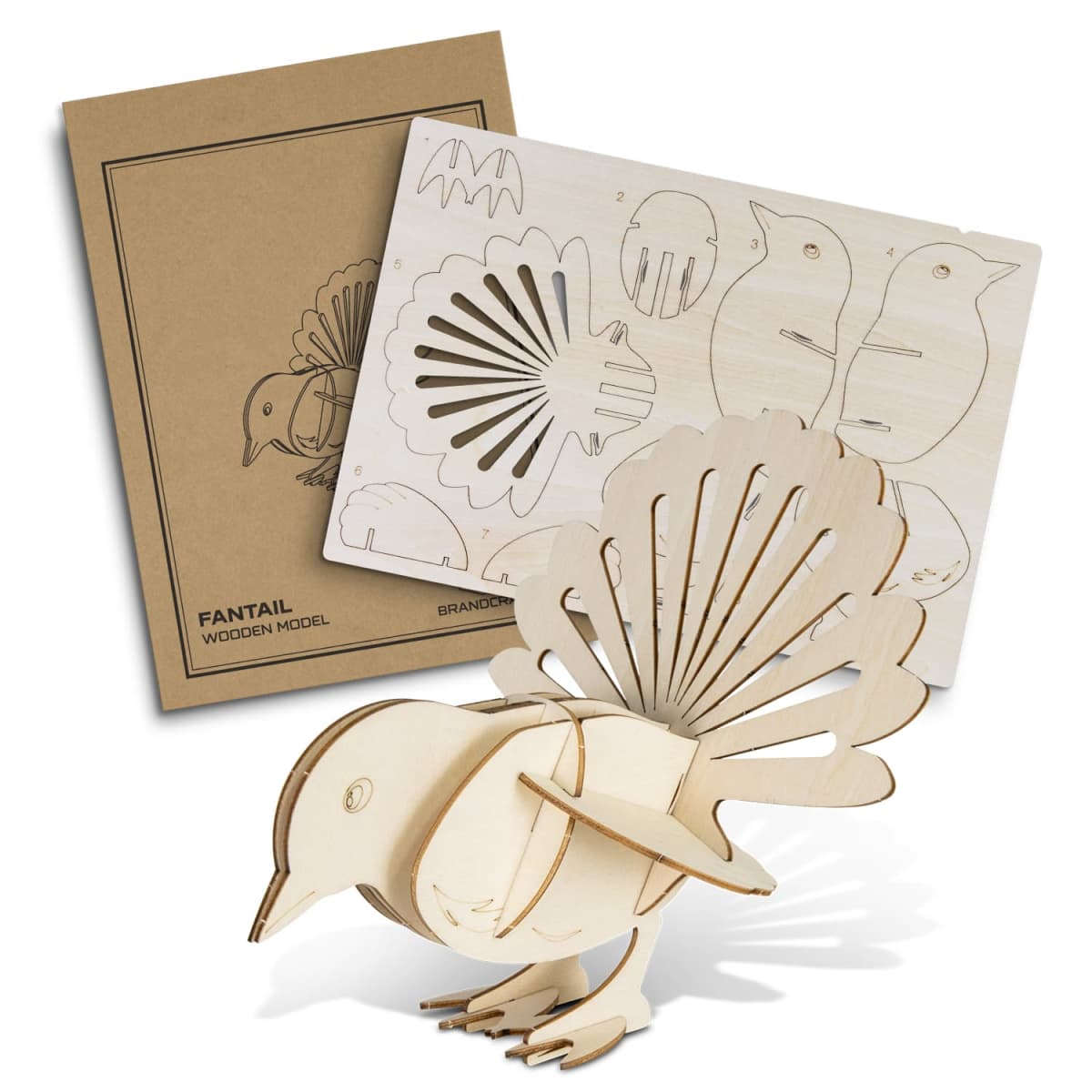 Conference Toys
Conference Toys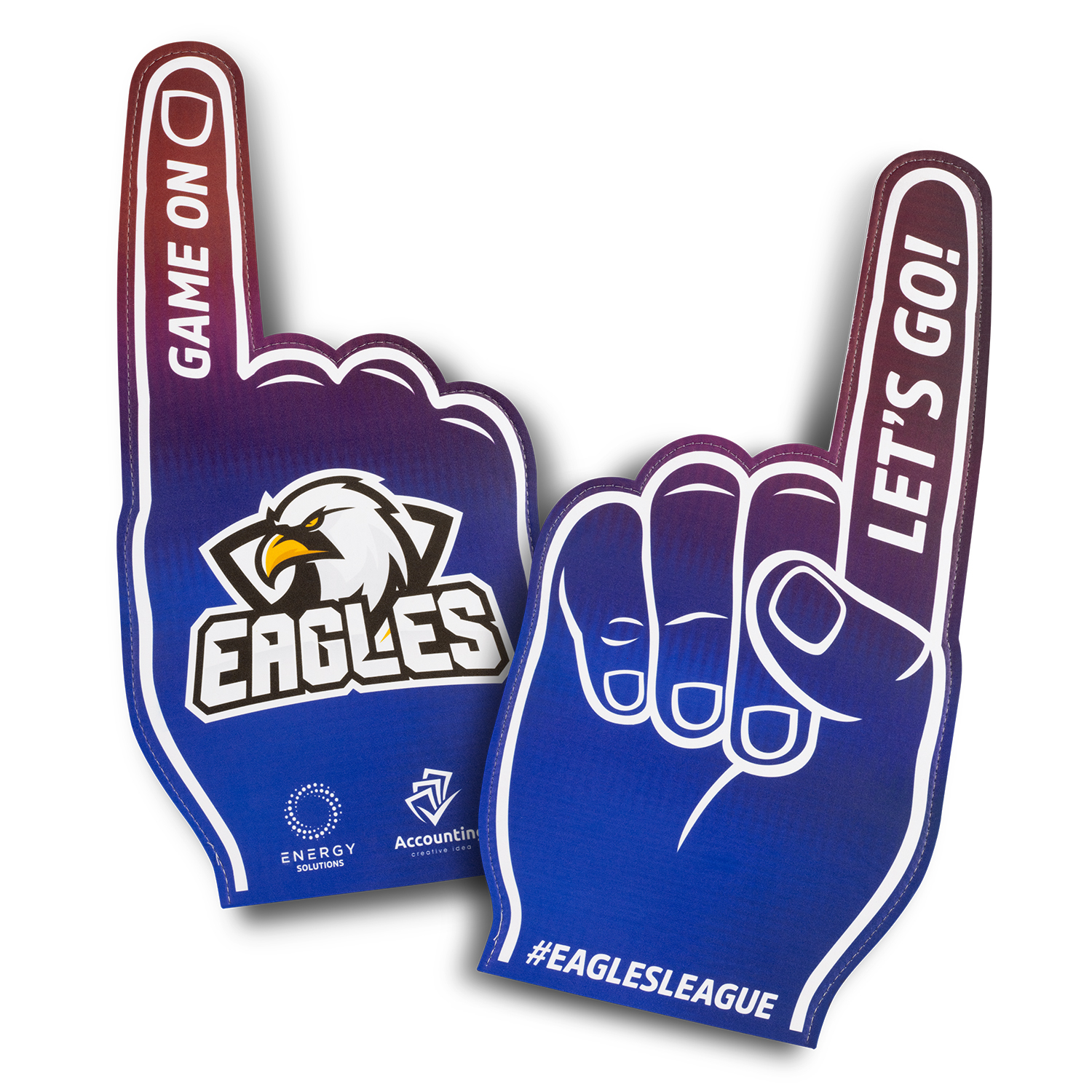 Event Toys
Event Toys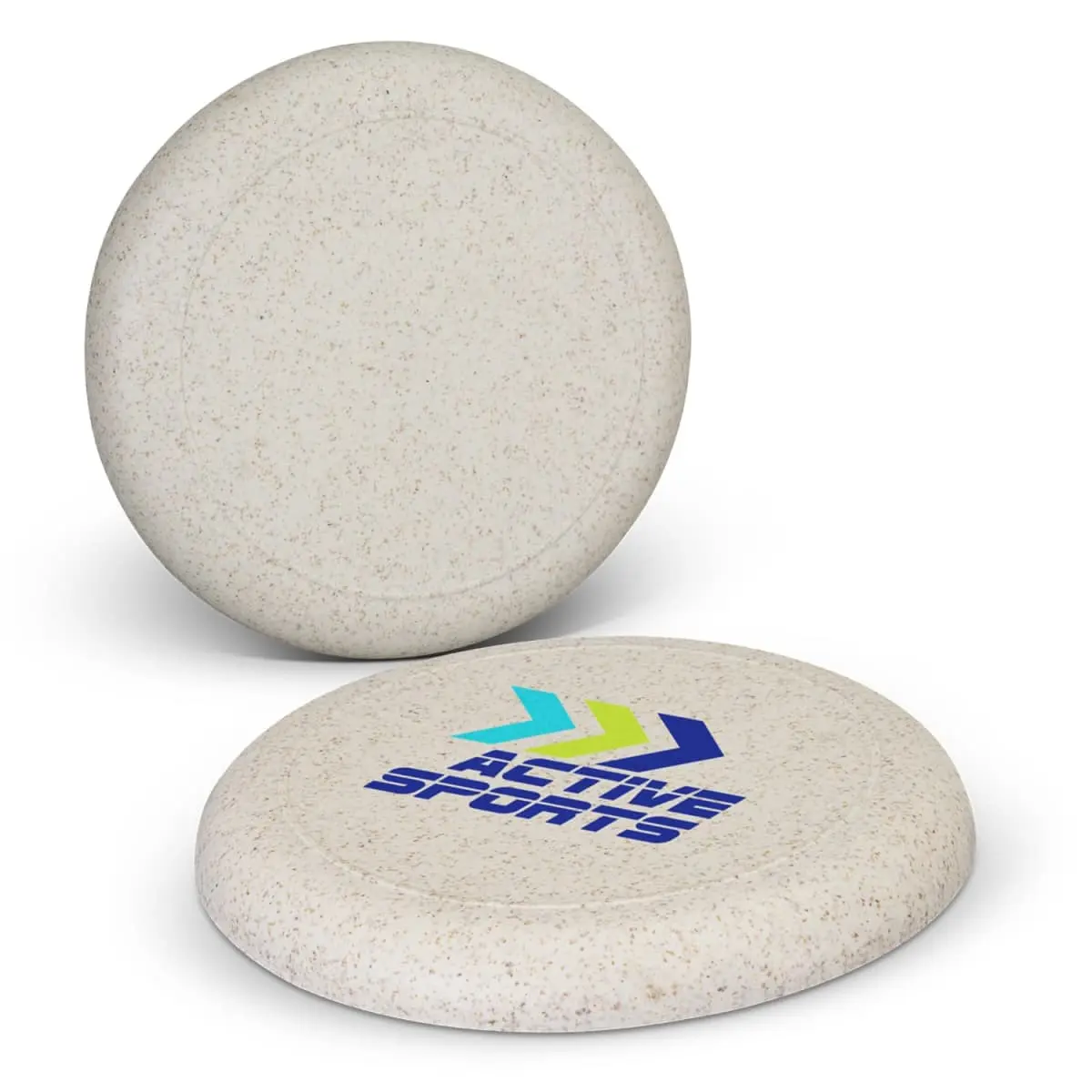 Frisbees
Frisbees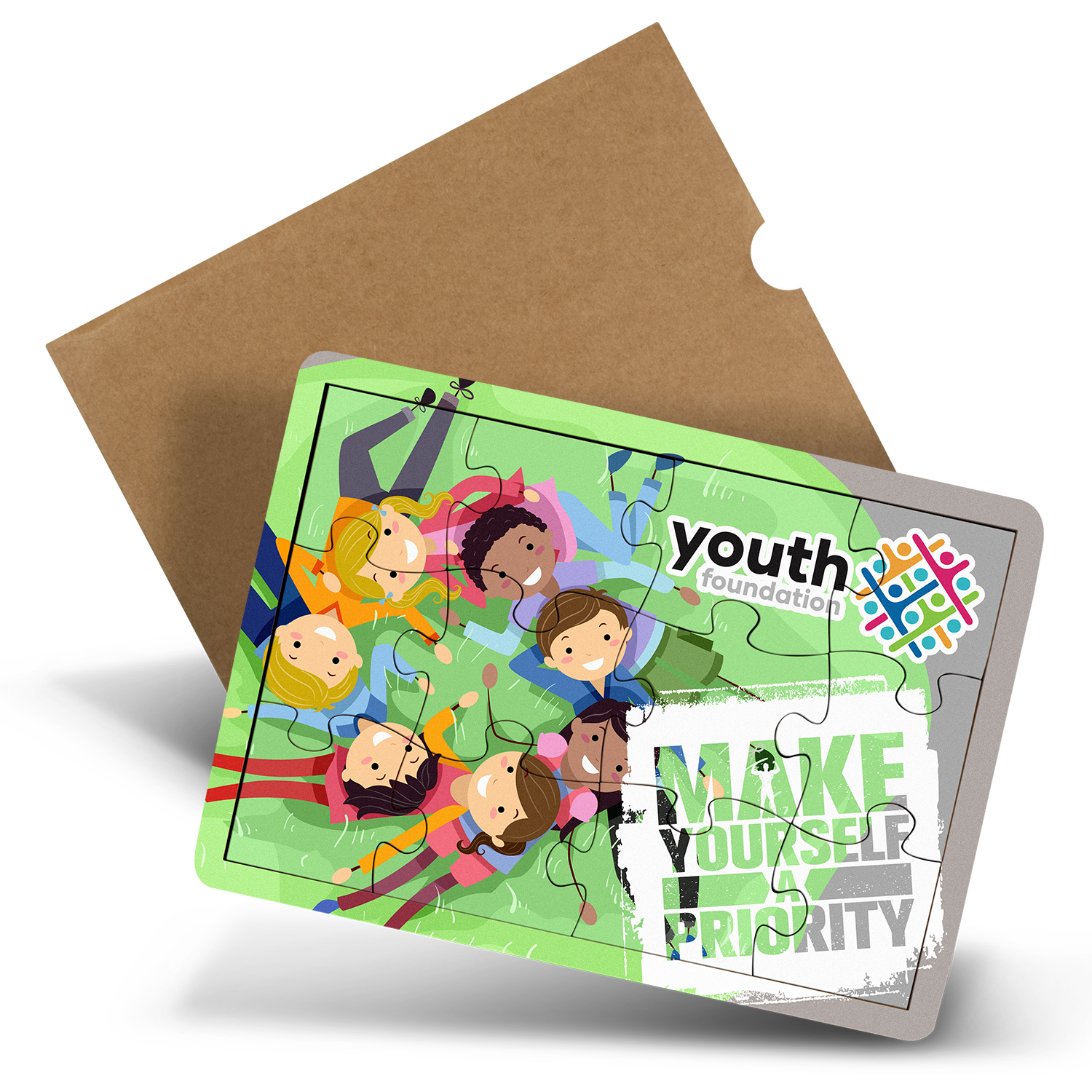 Games & Puzzles
Games & Puzzles Kids
Kids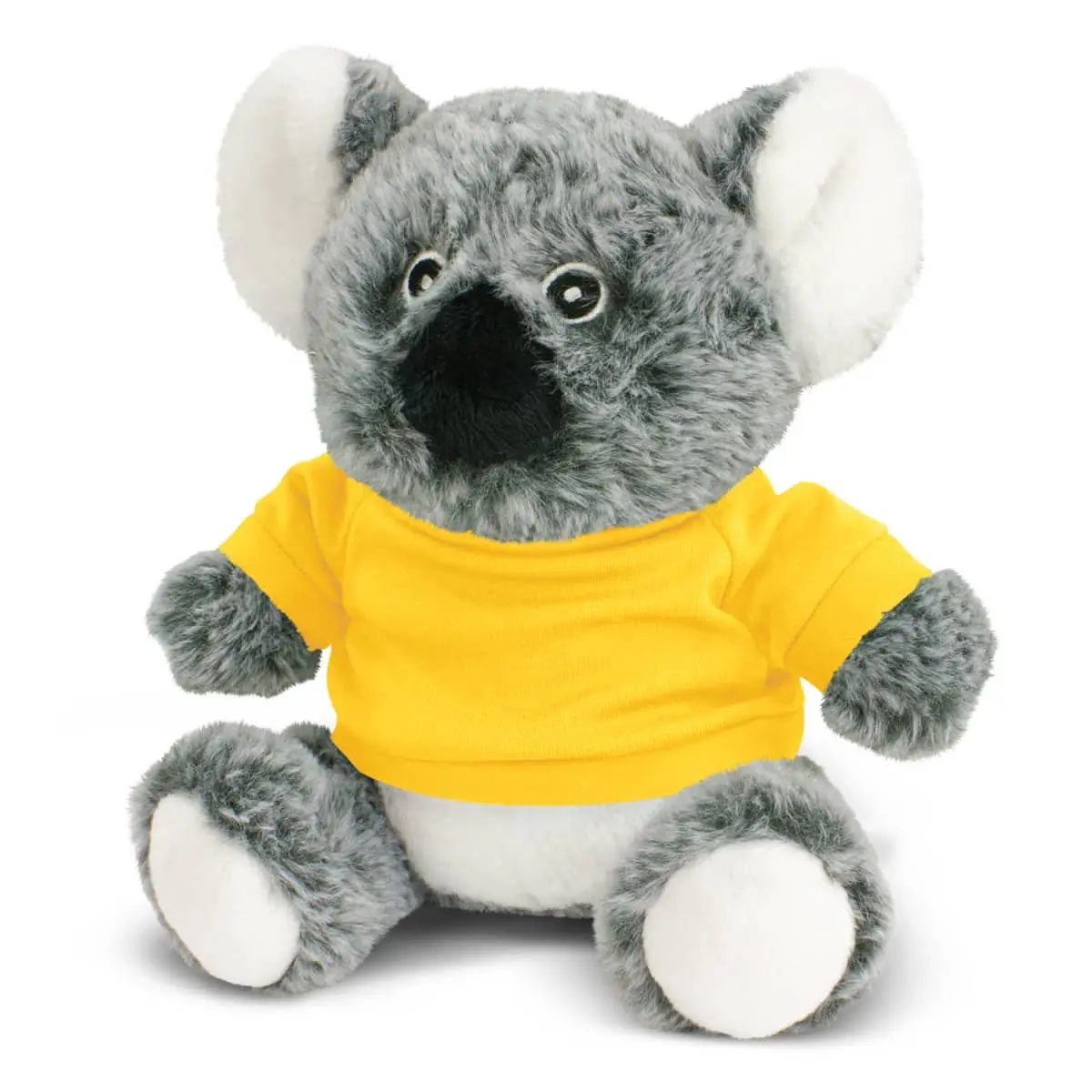 Plush Toys
Plush Toys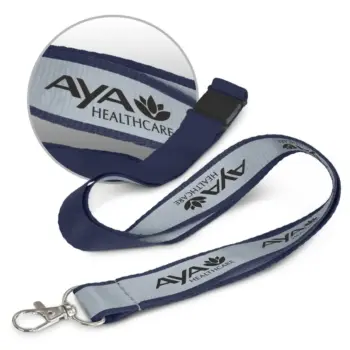
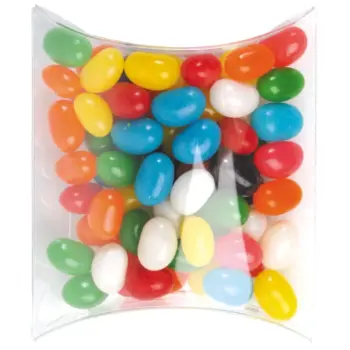
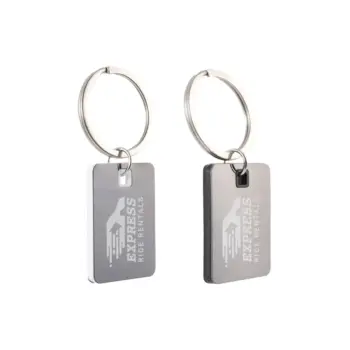


 Print | Signage
Print | Signage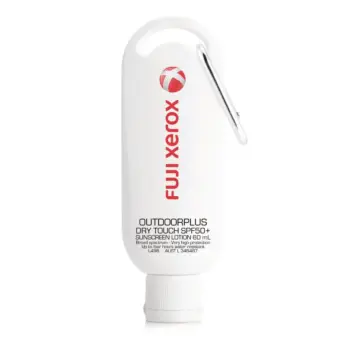
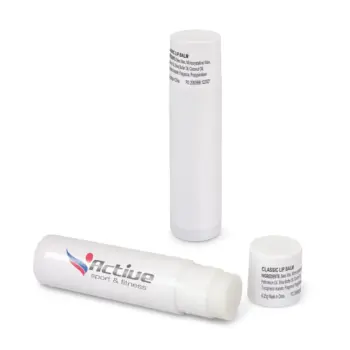
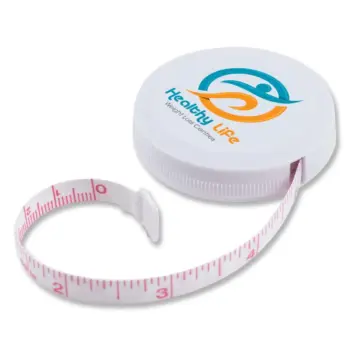
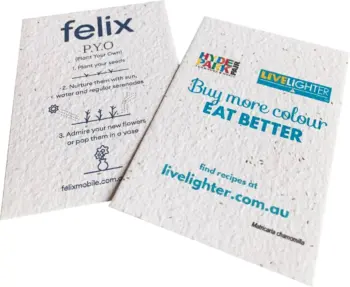
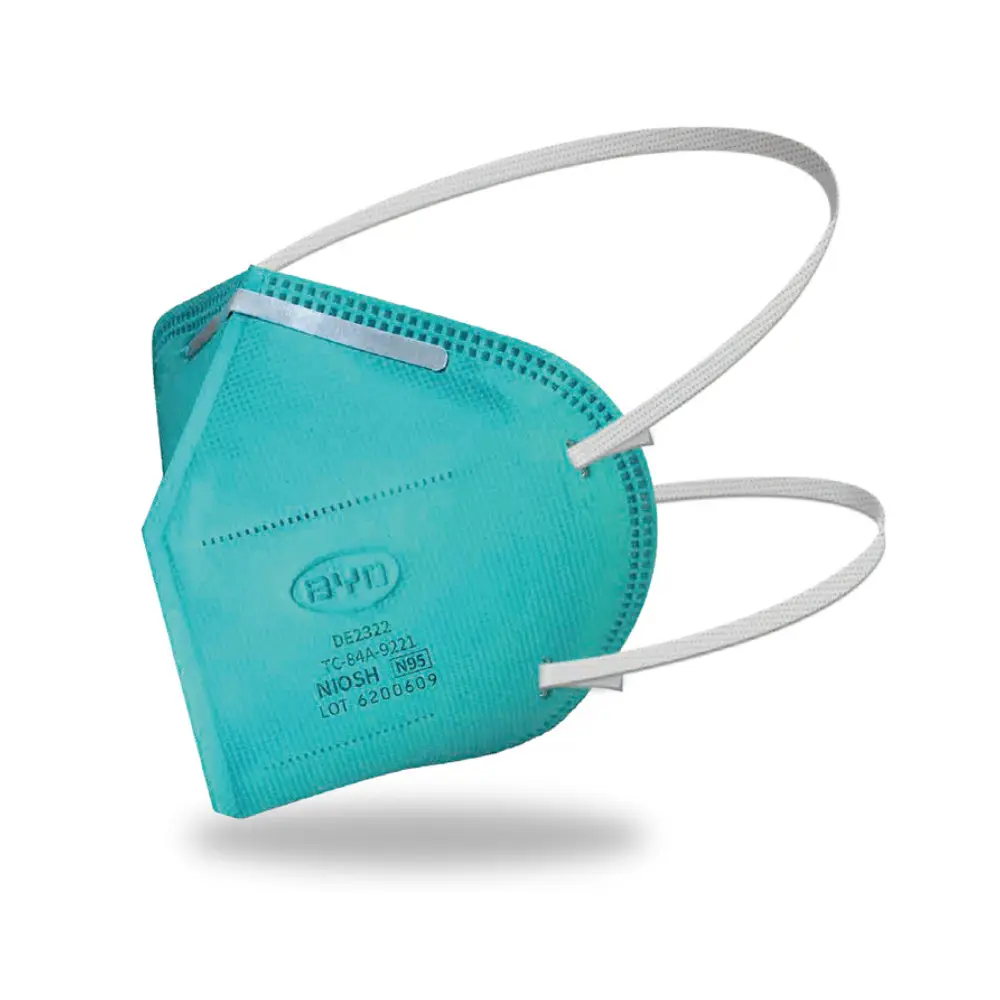 Antibacterial
Antibacterial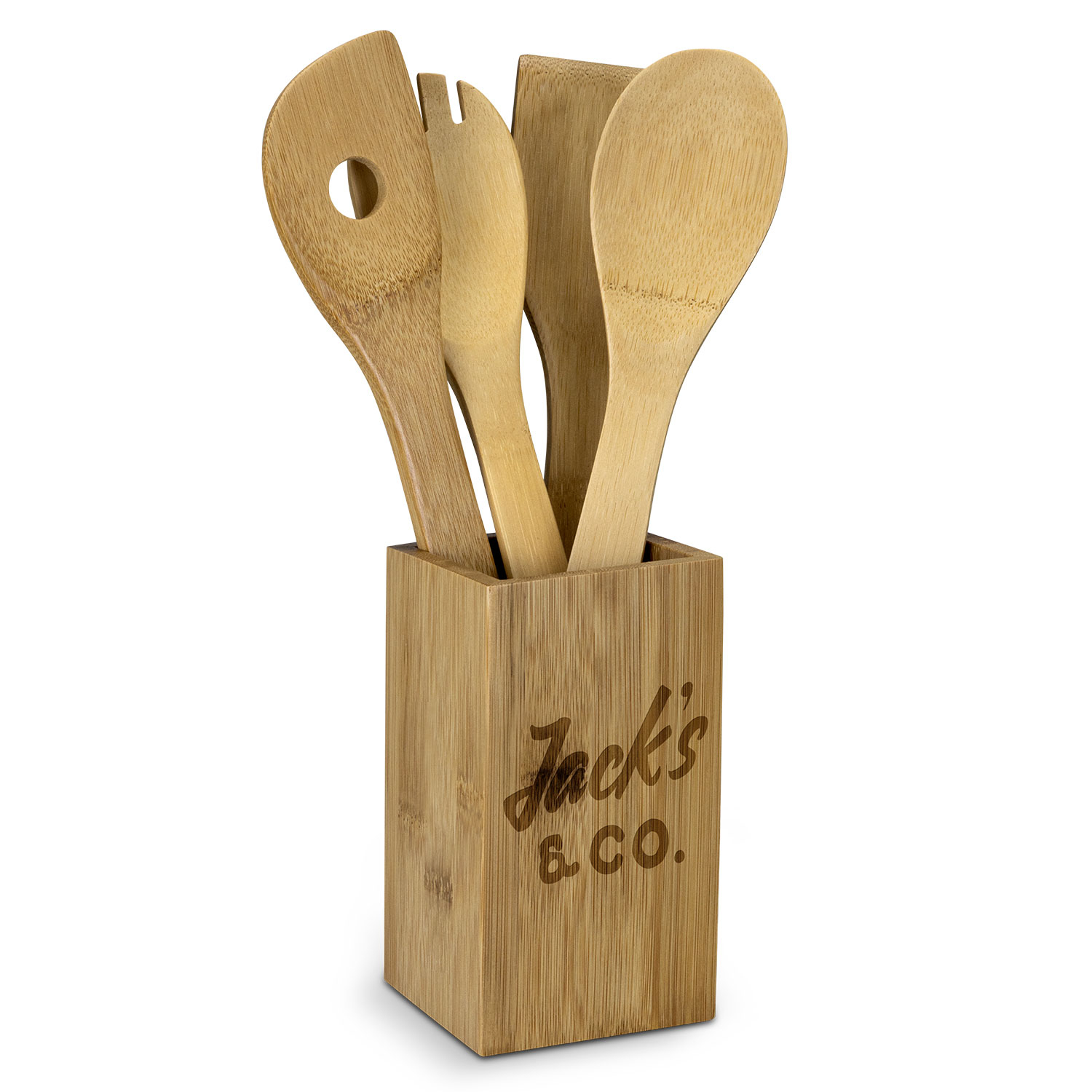 Eco Products
Eco Products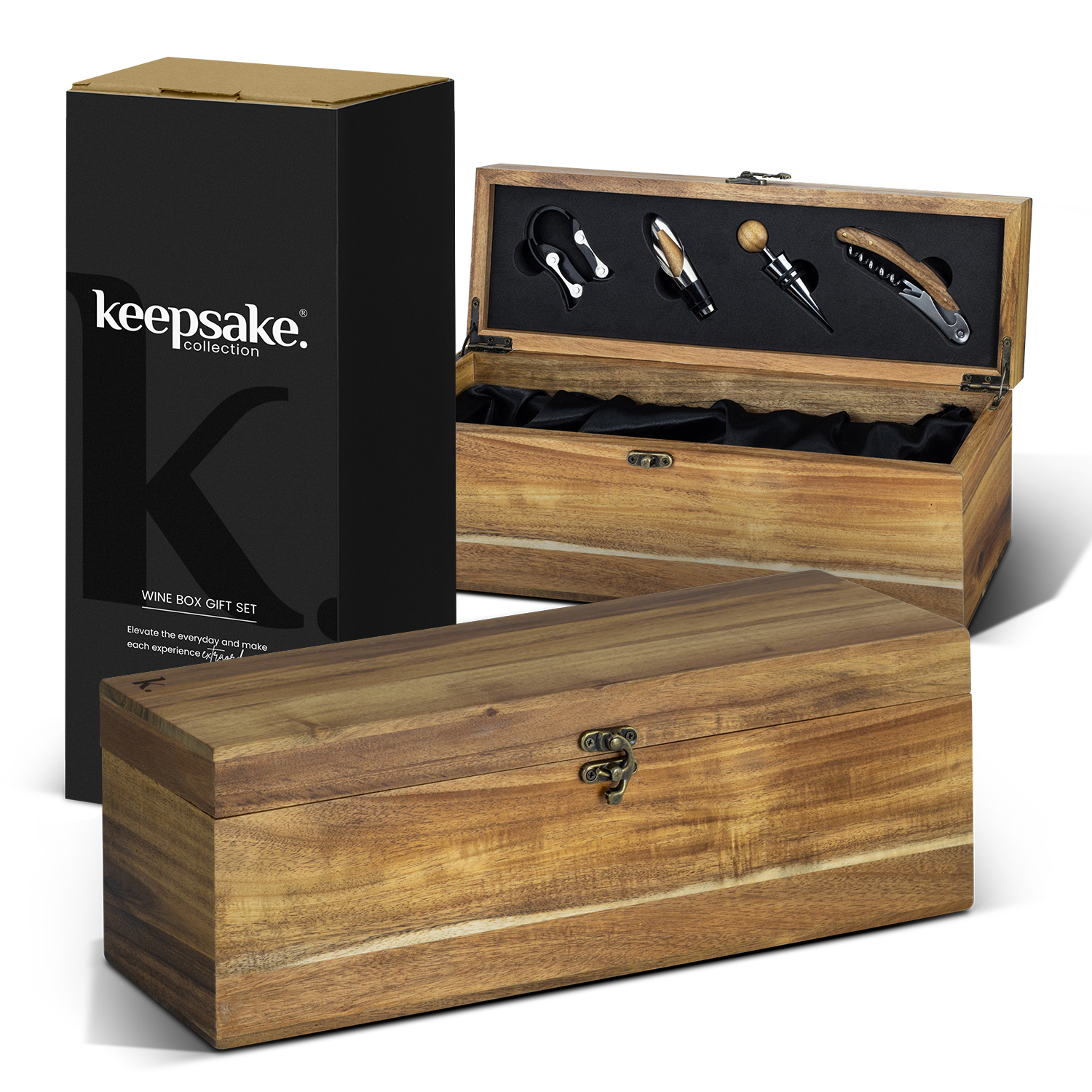 Gift Box Sets
Gift Box Sets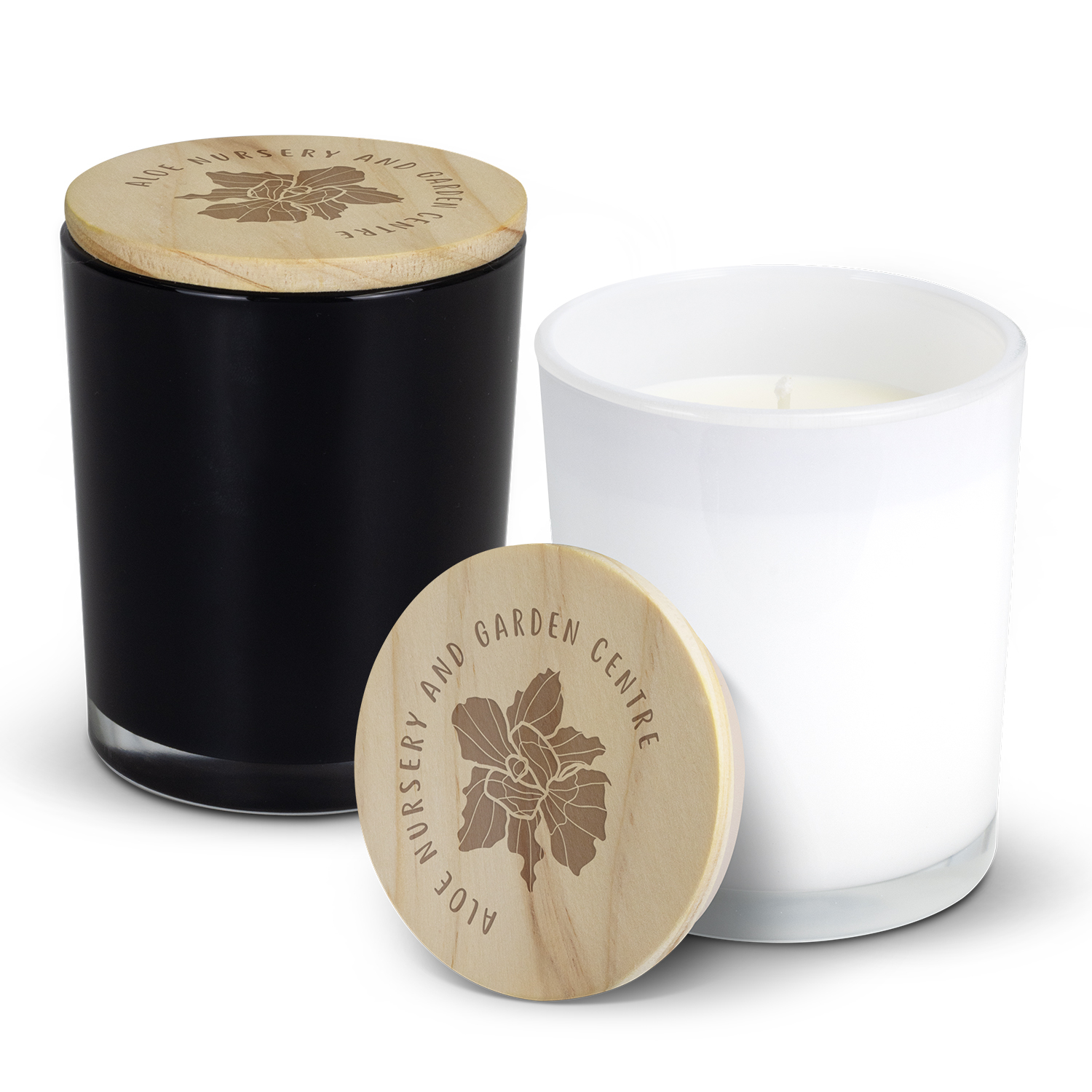 Homeware
Homeware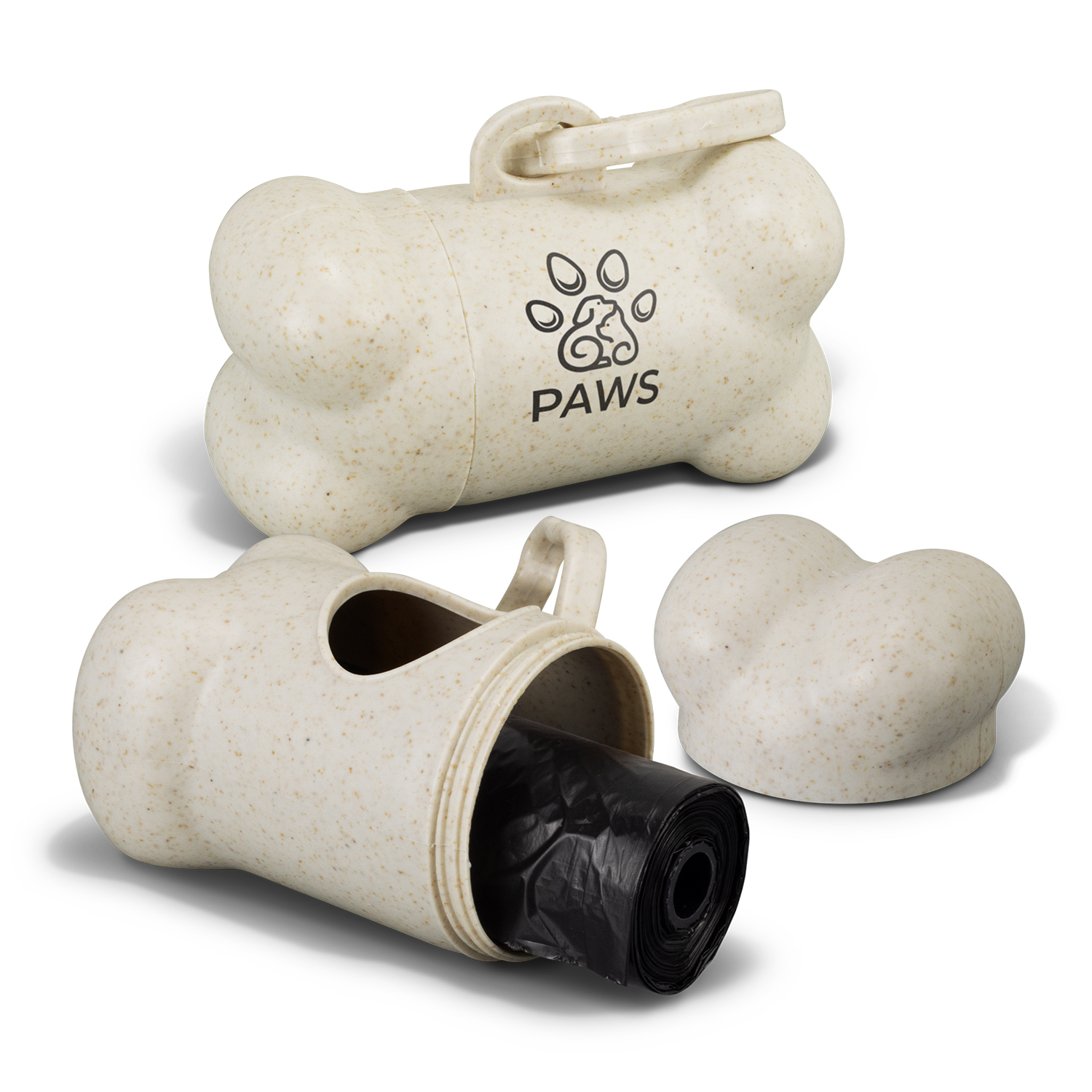 Pet Products
Pet Products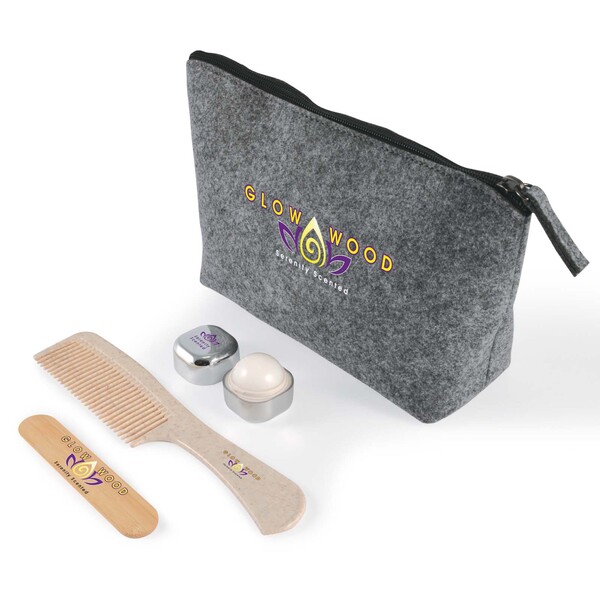 Personal Care
Personal Care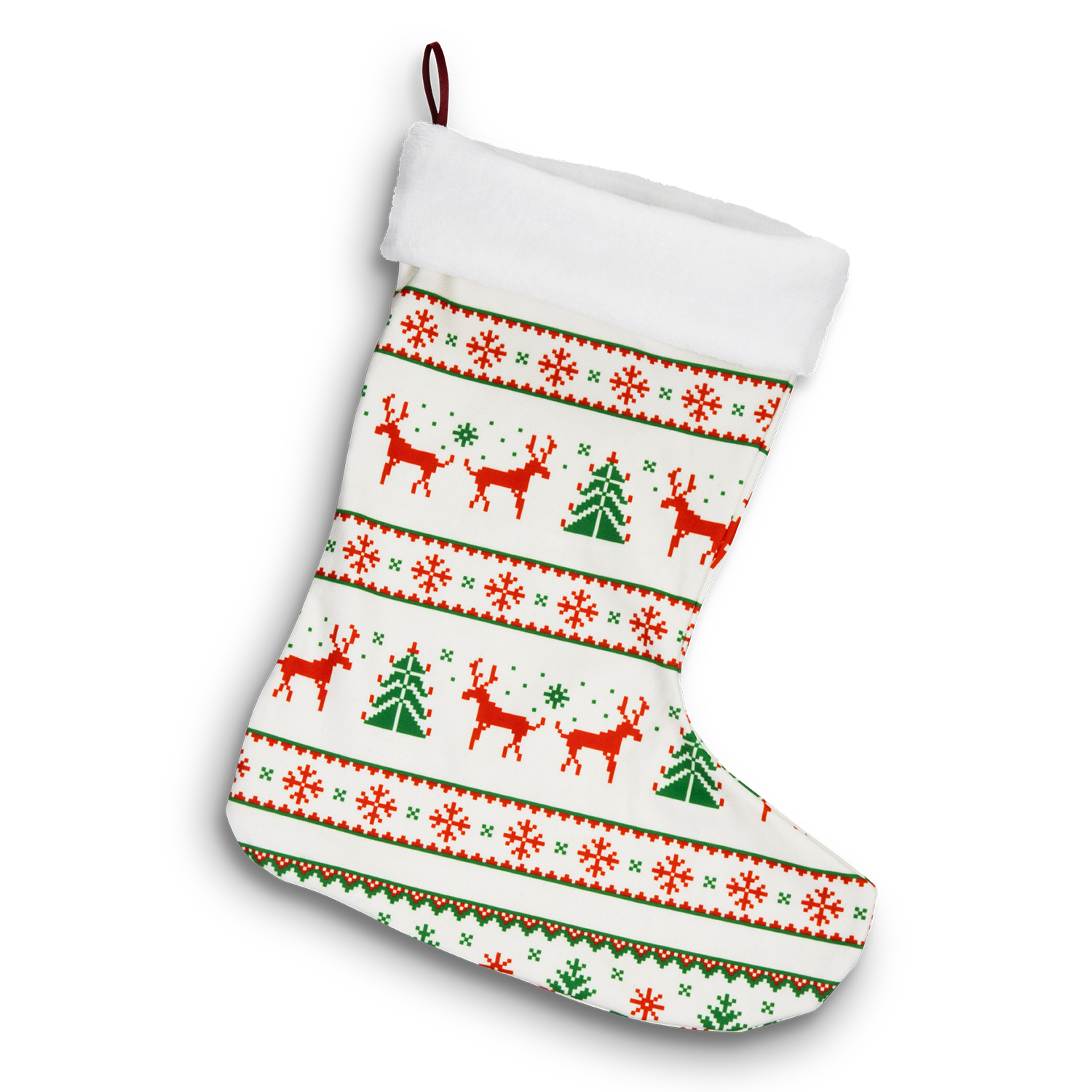 Occasion Ideas
Occasion Ideas